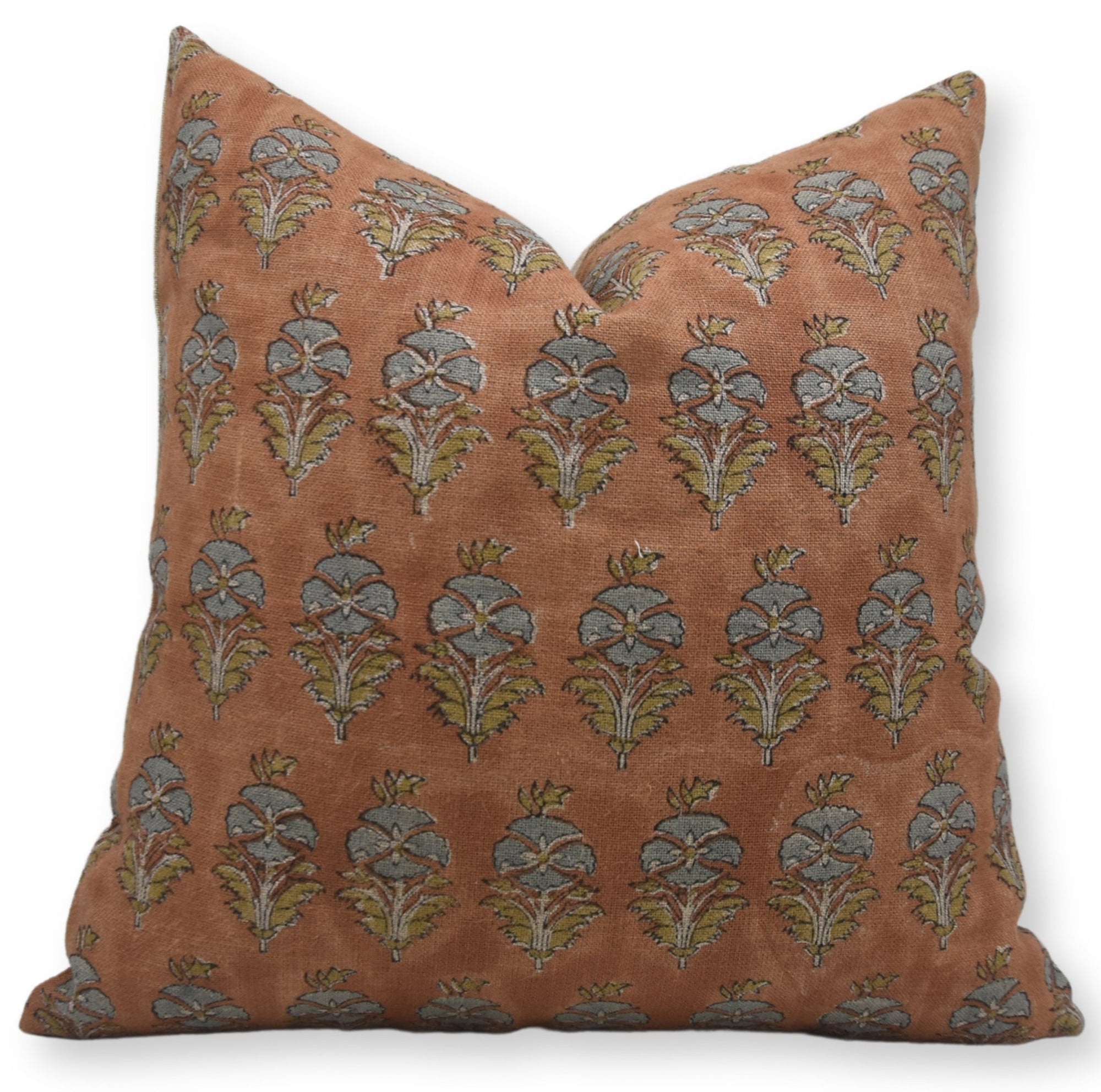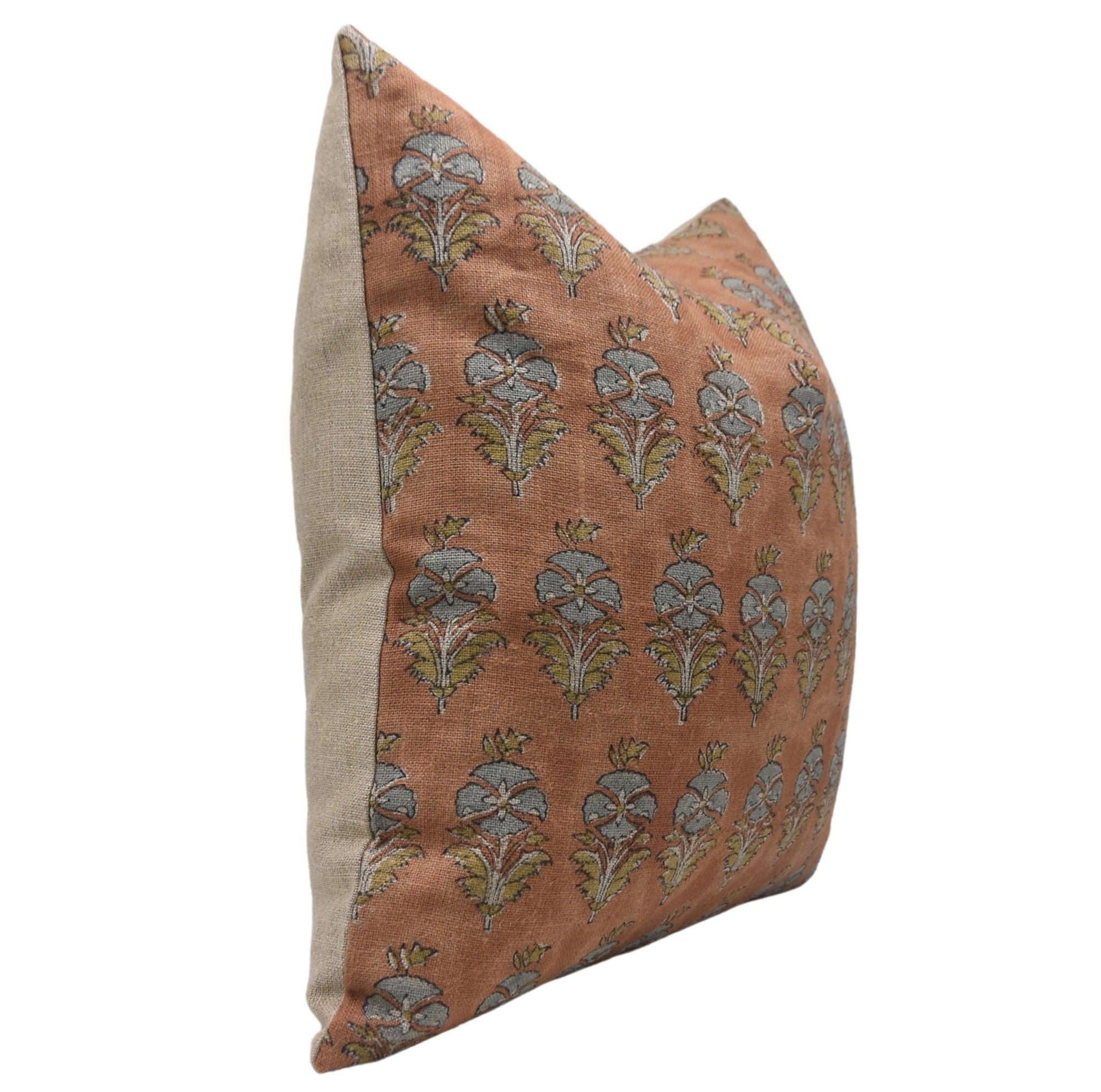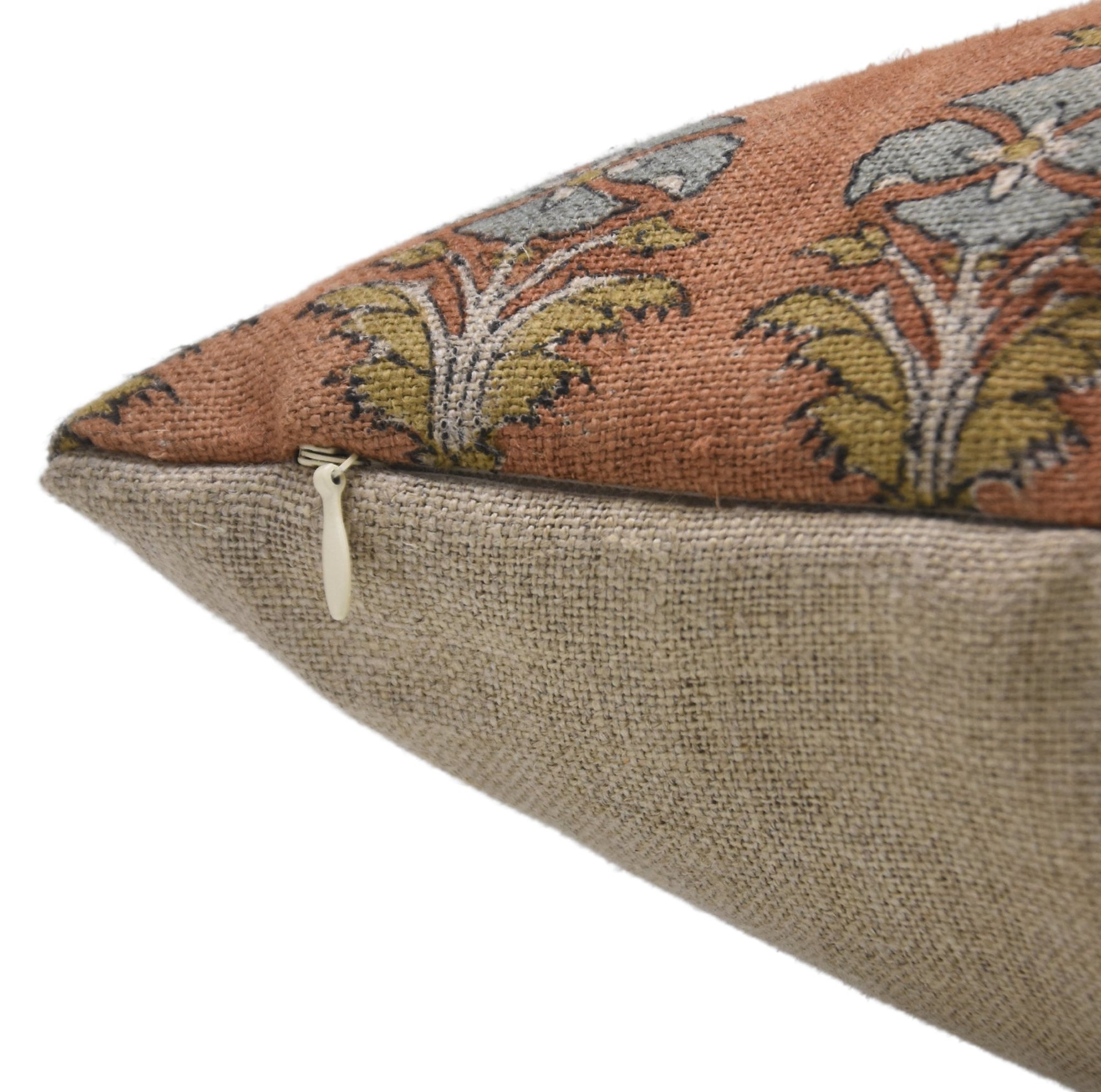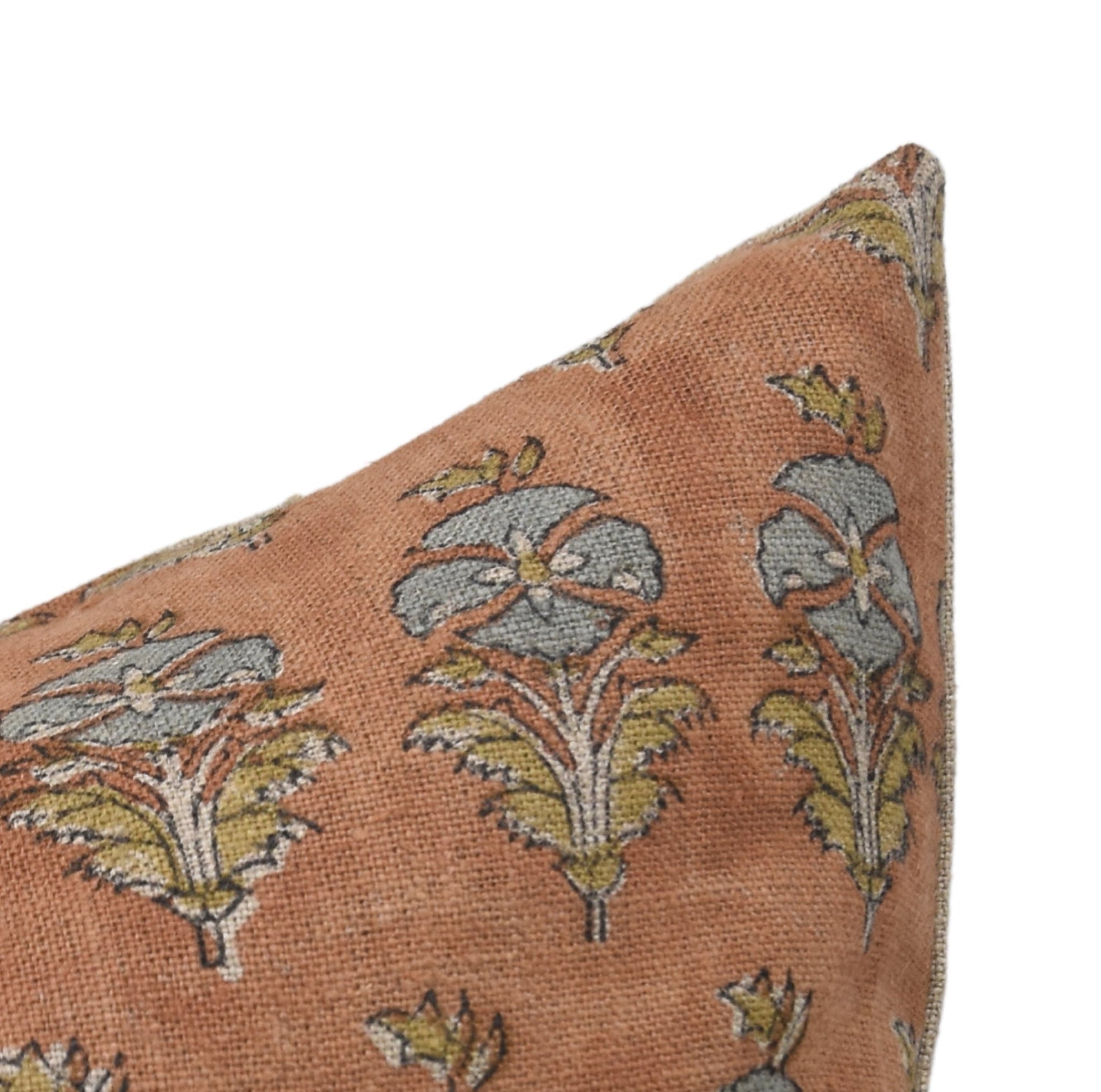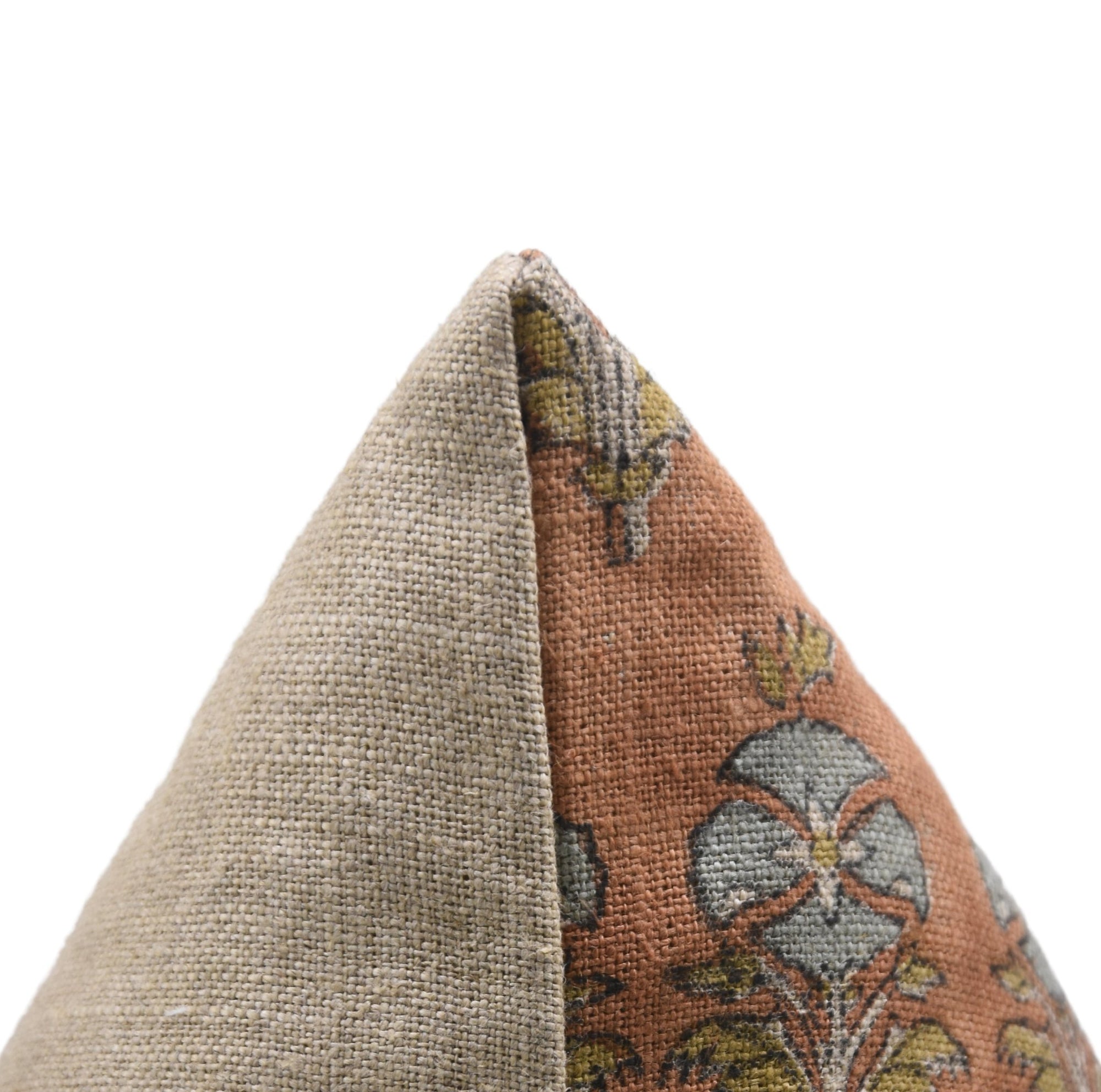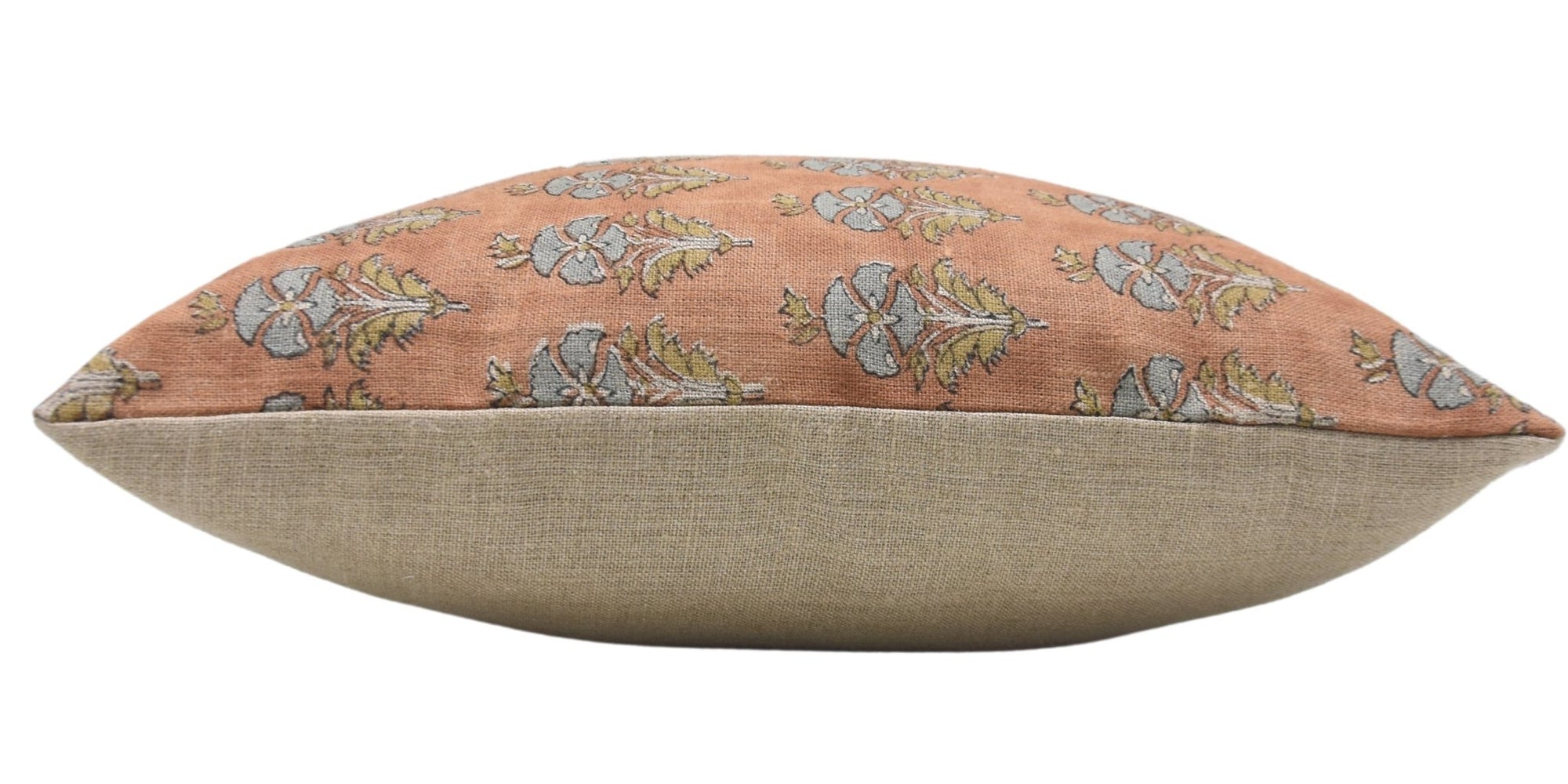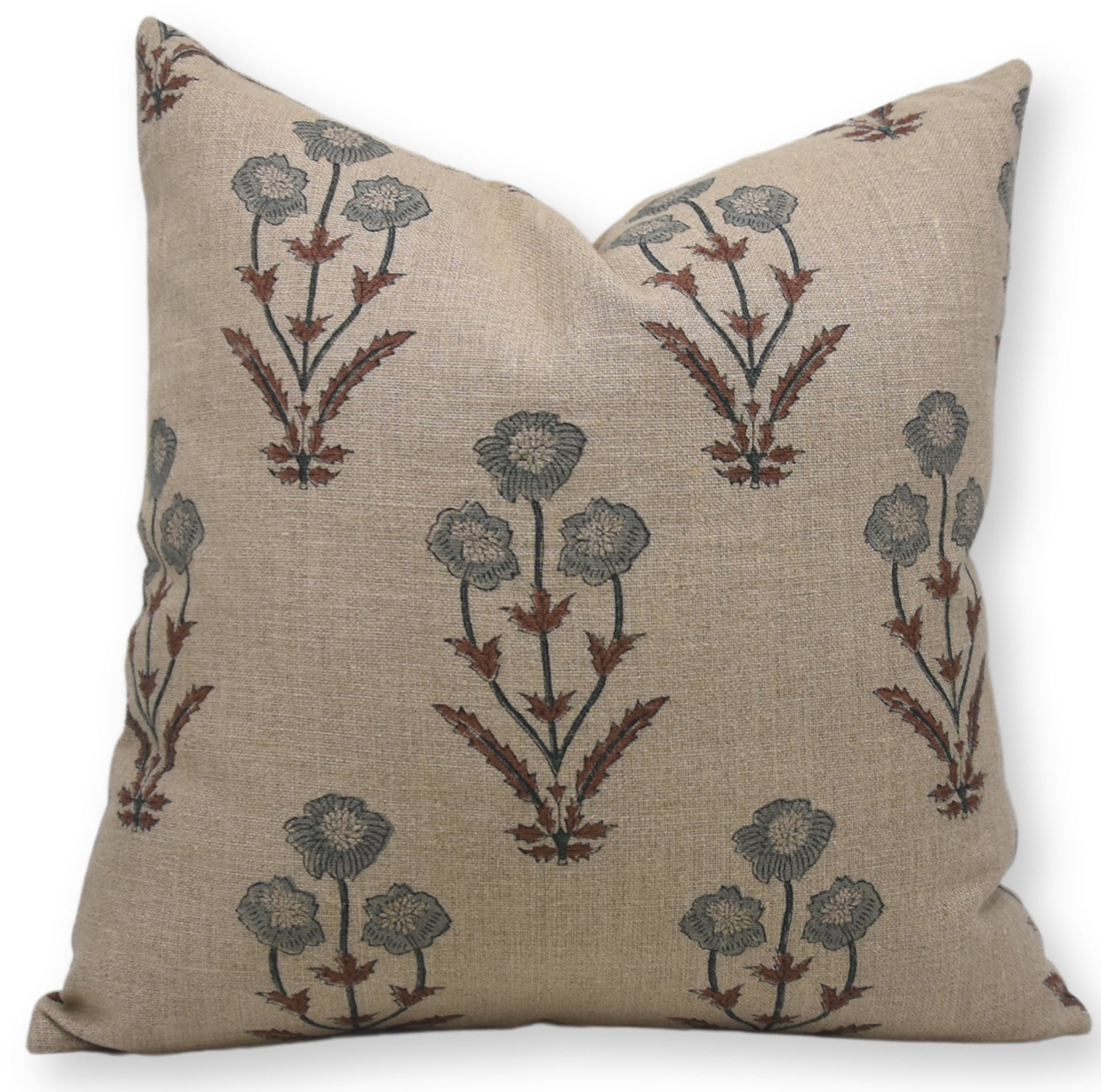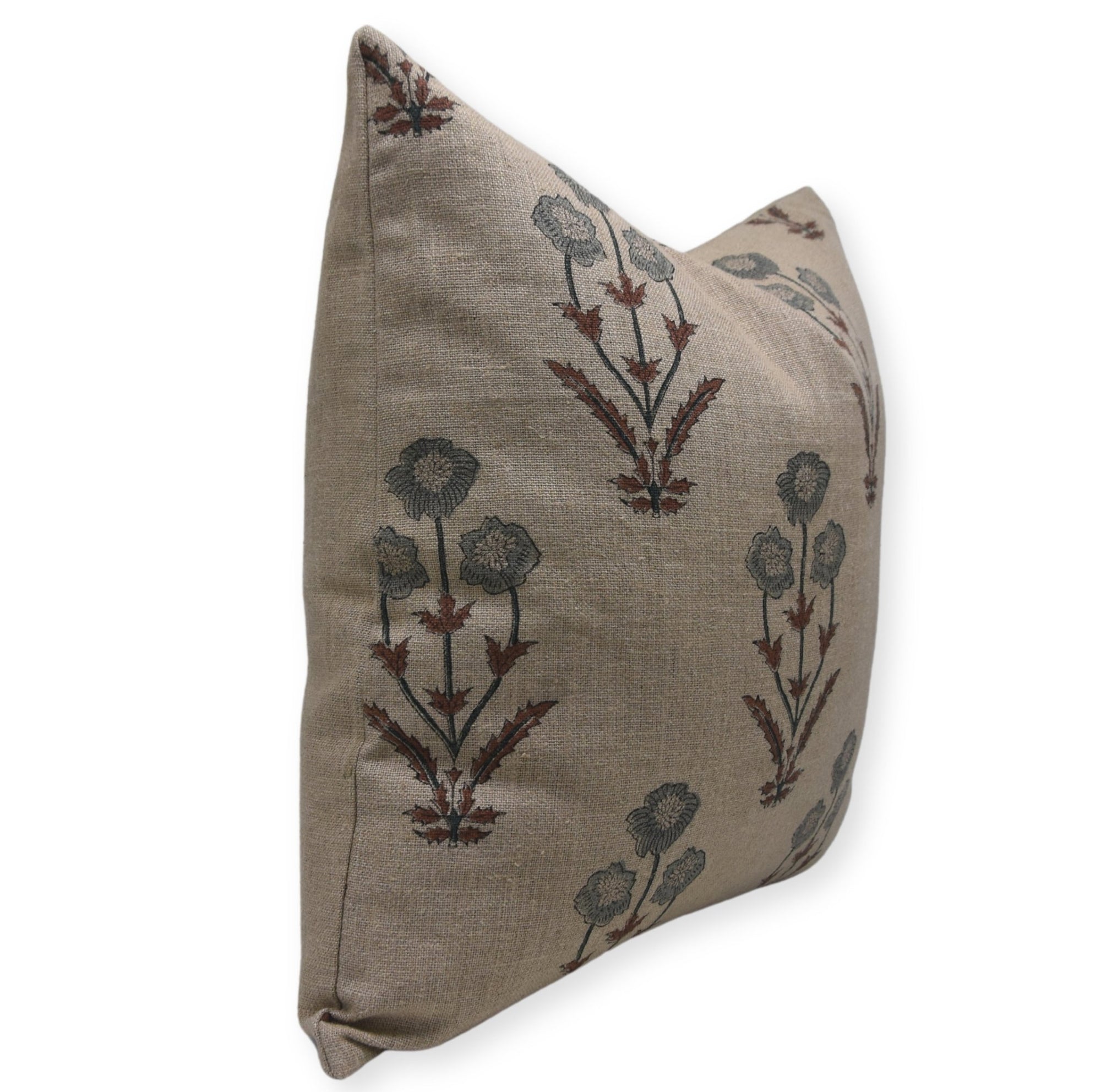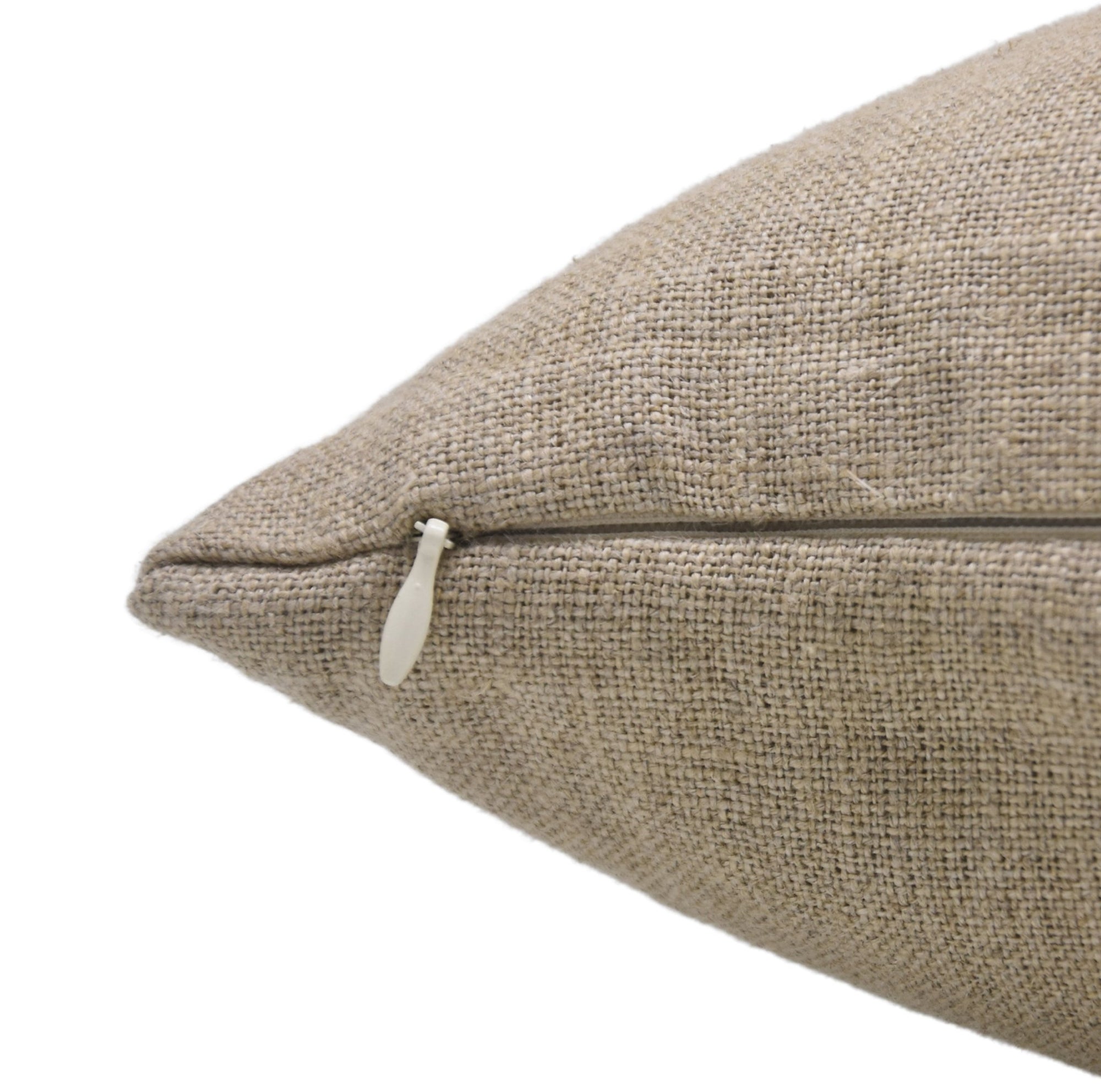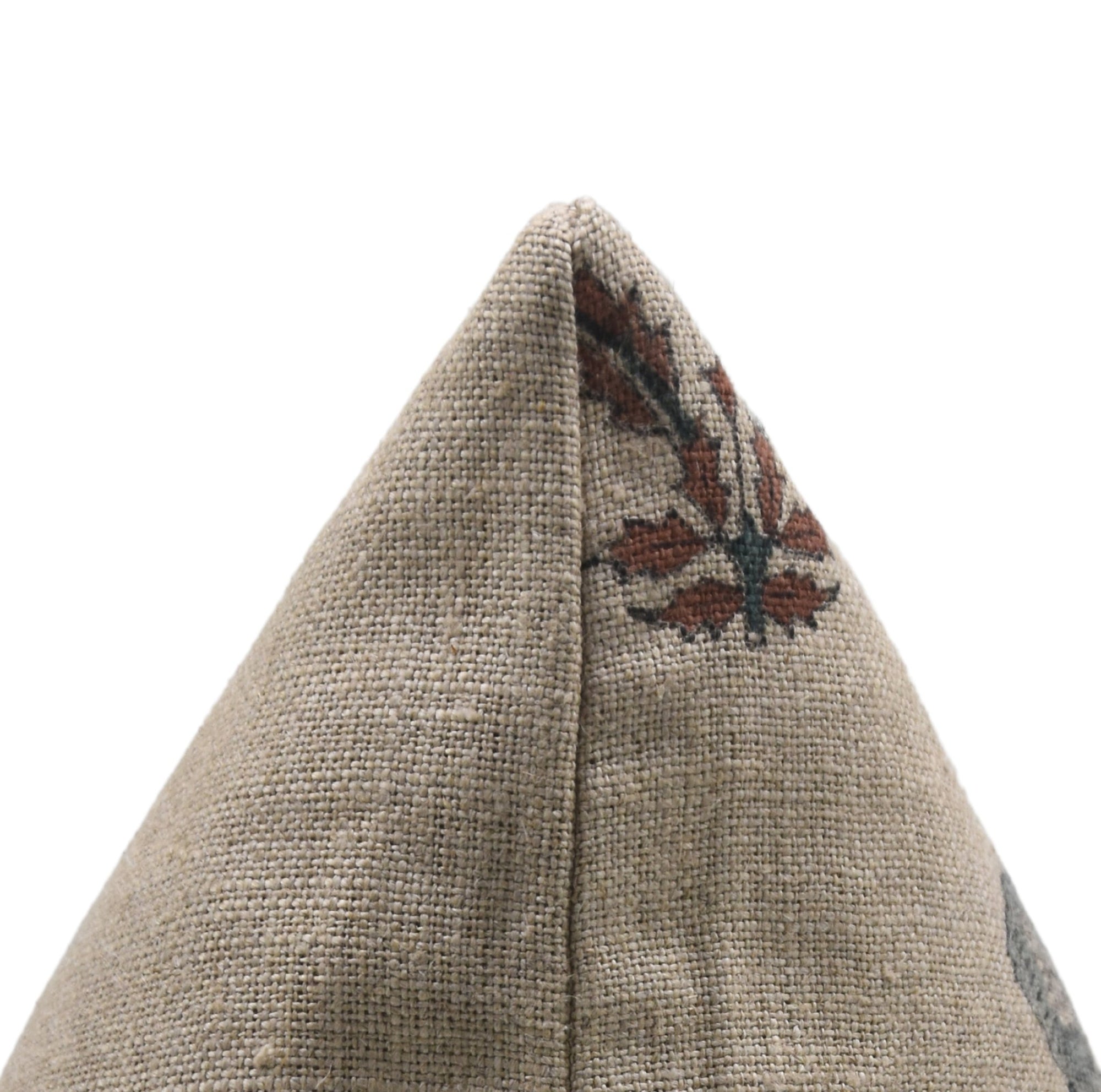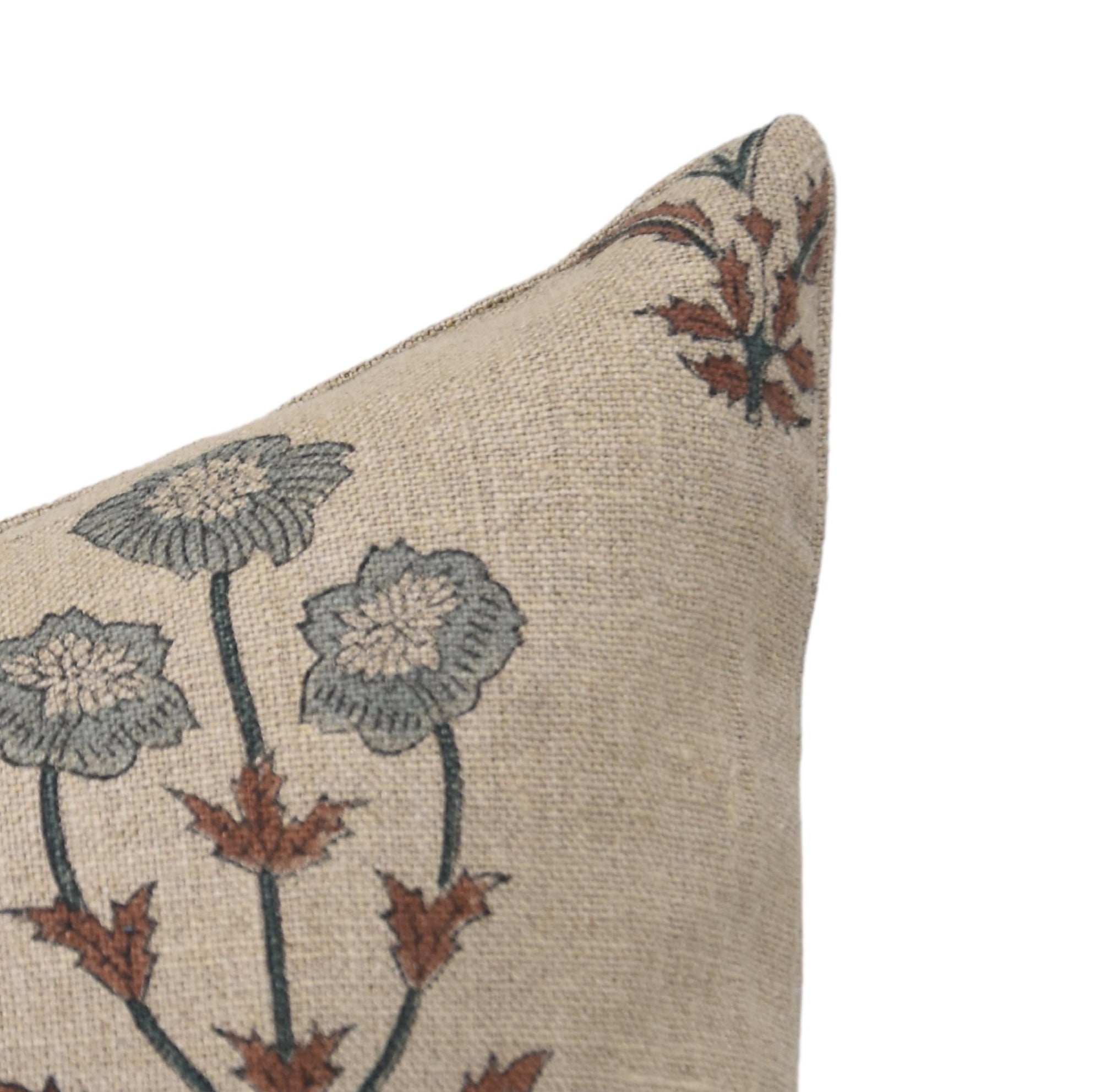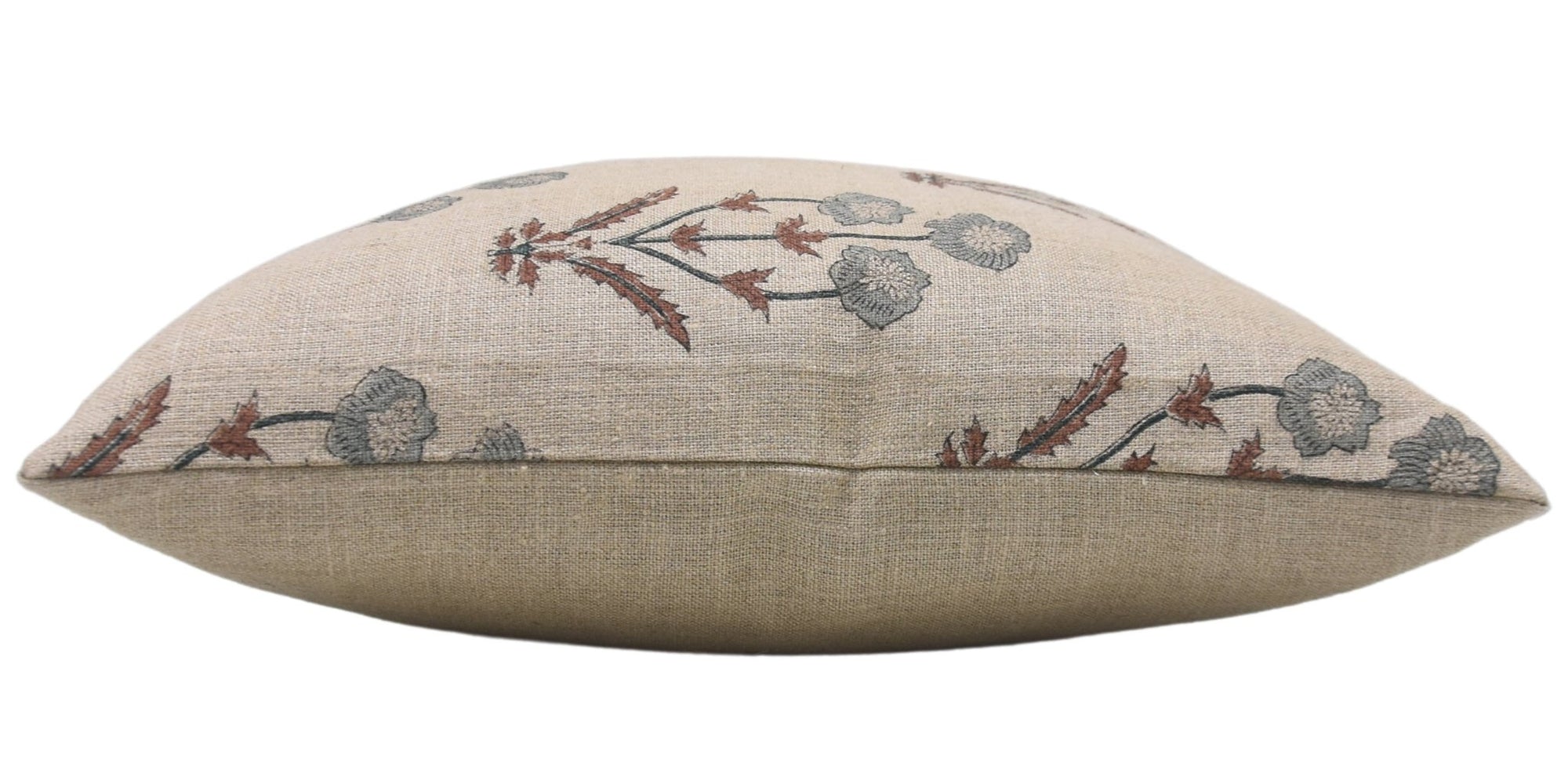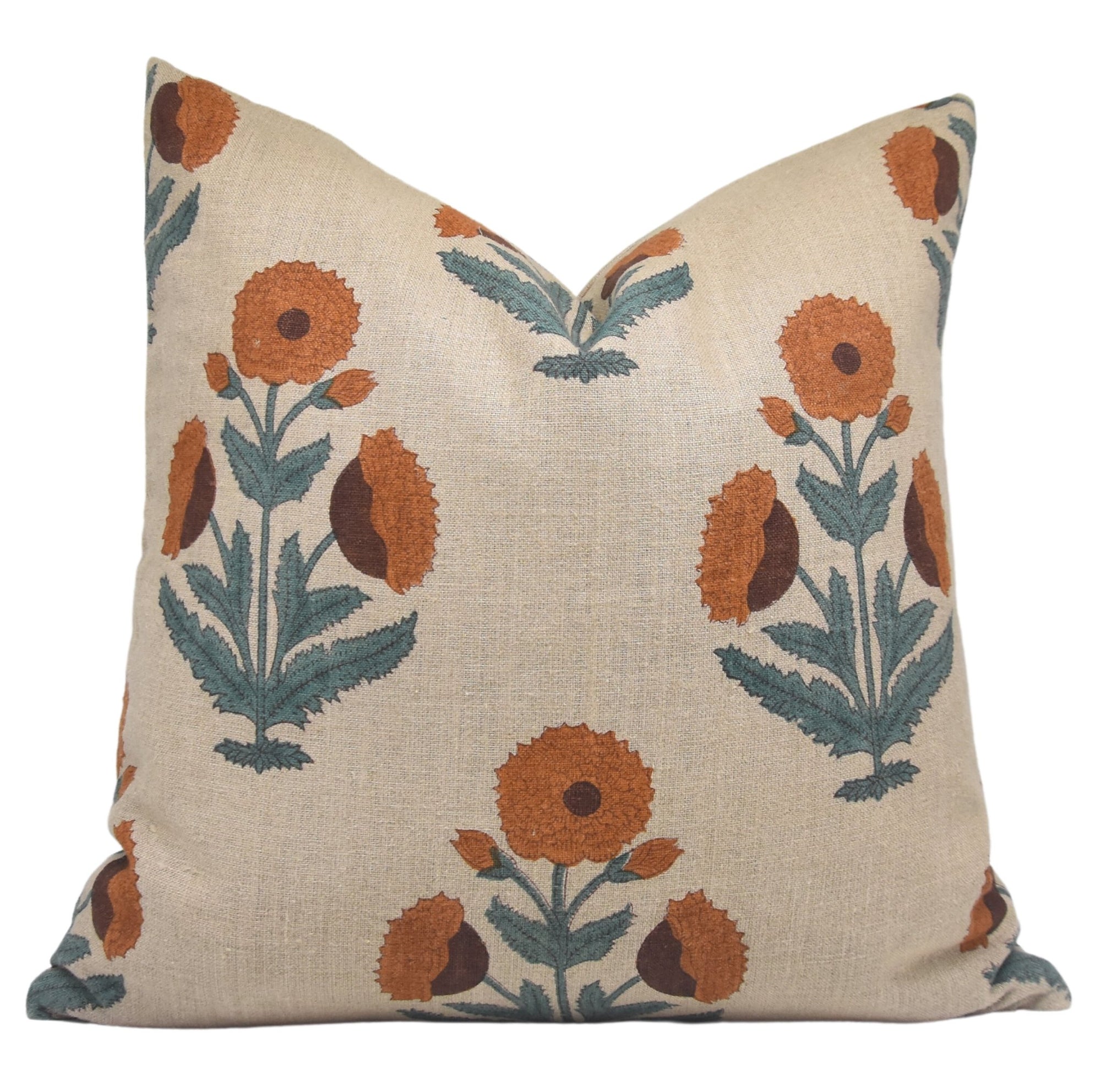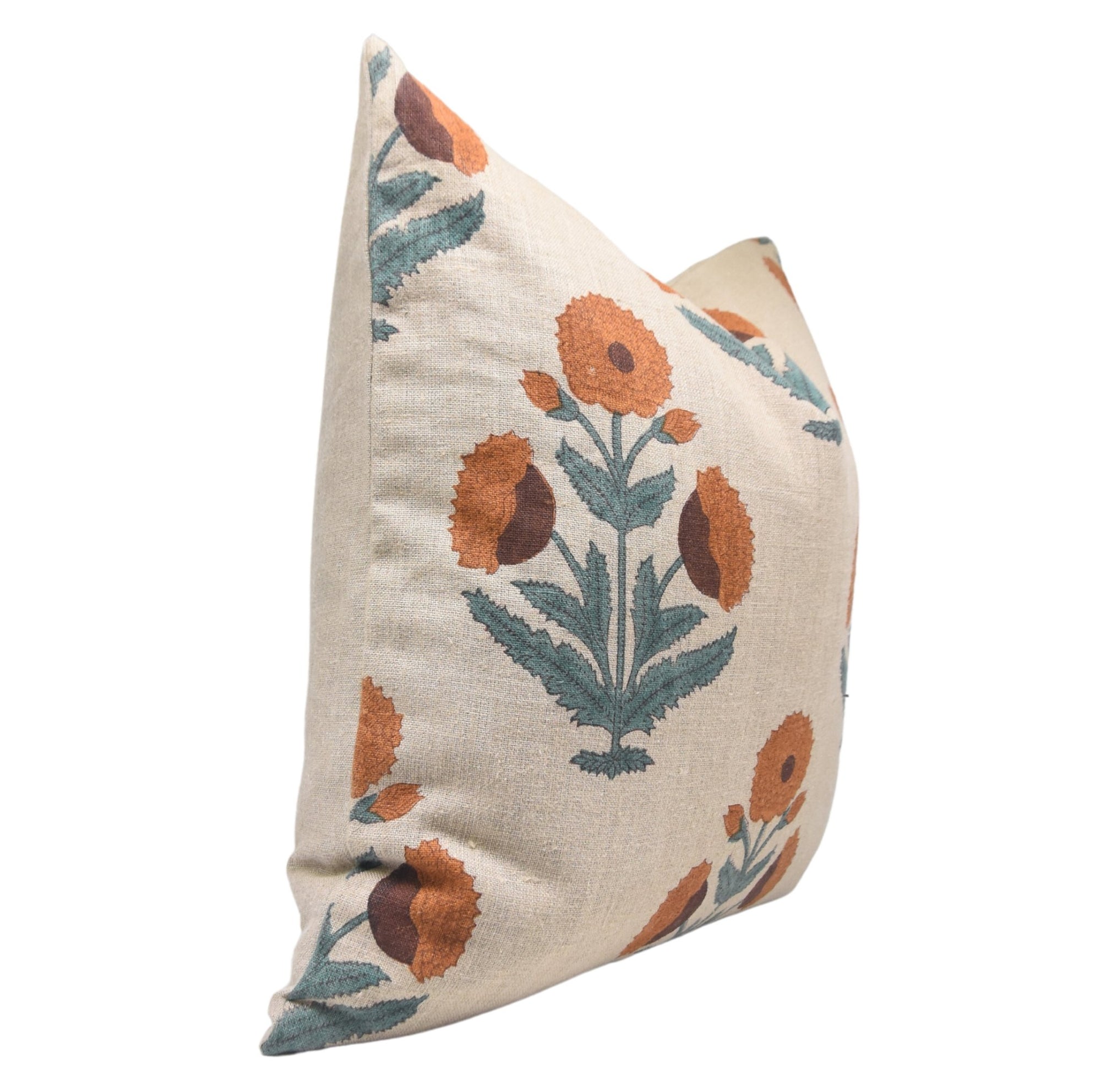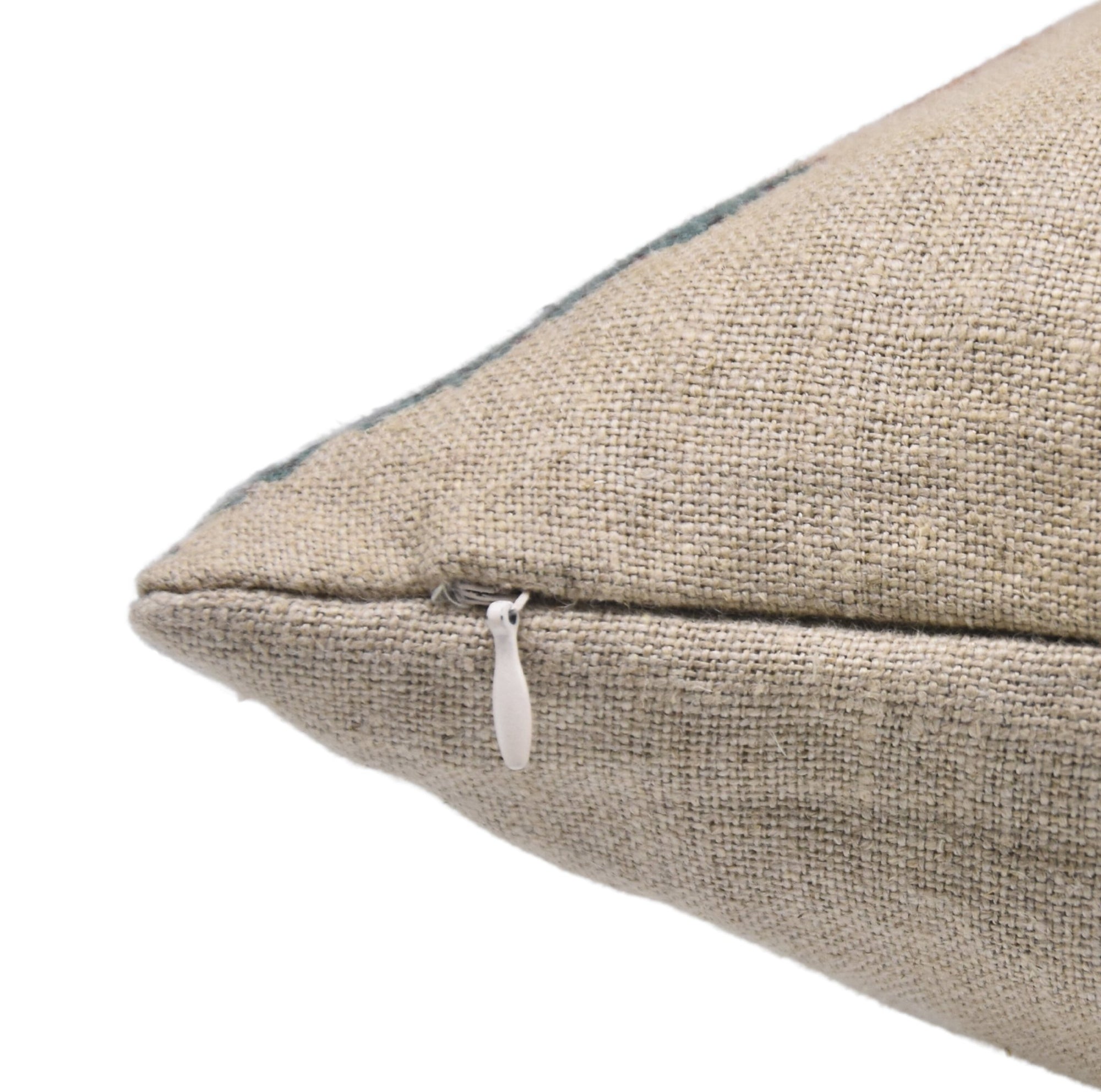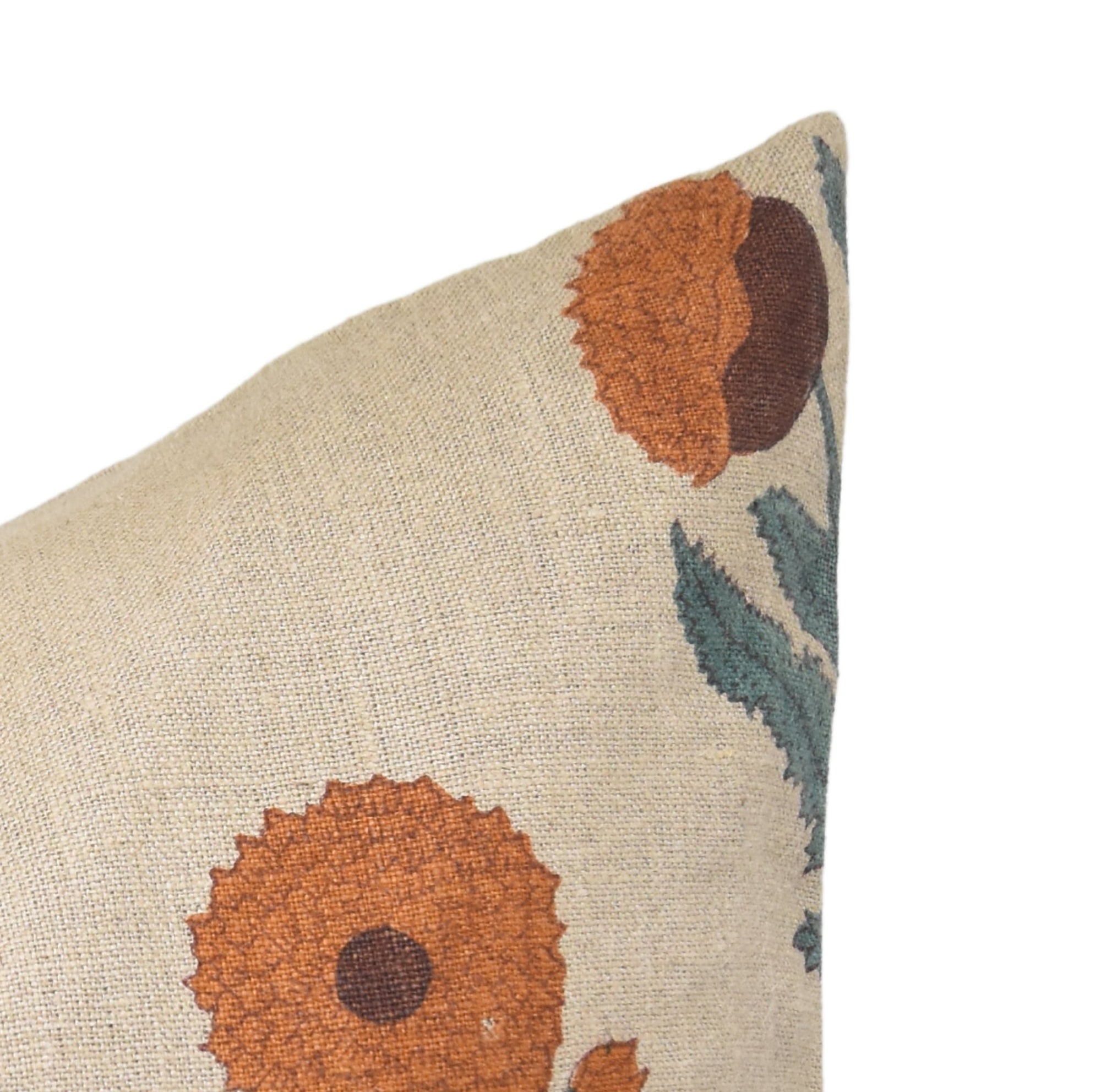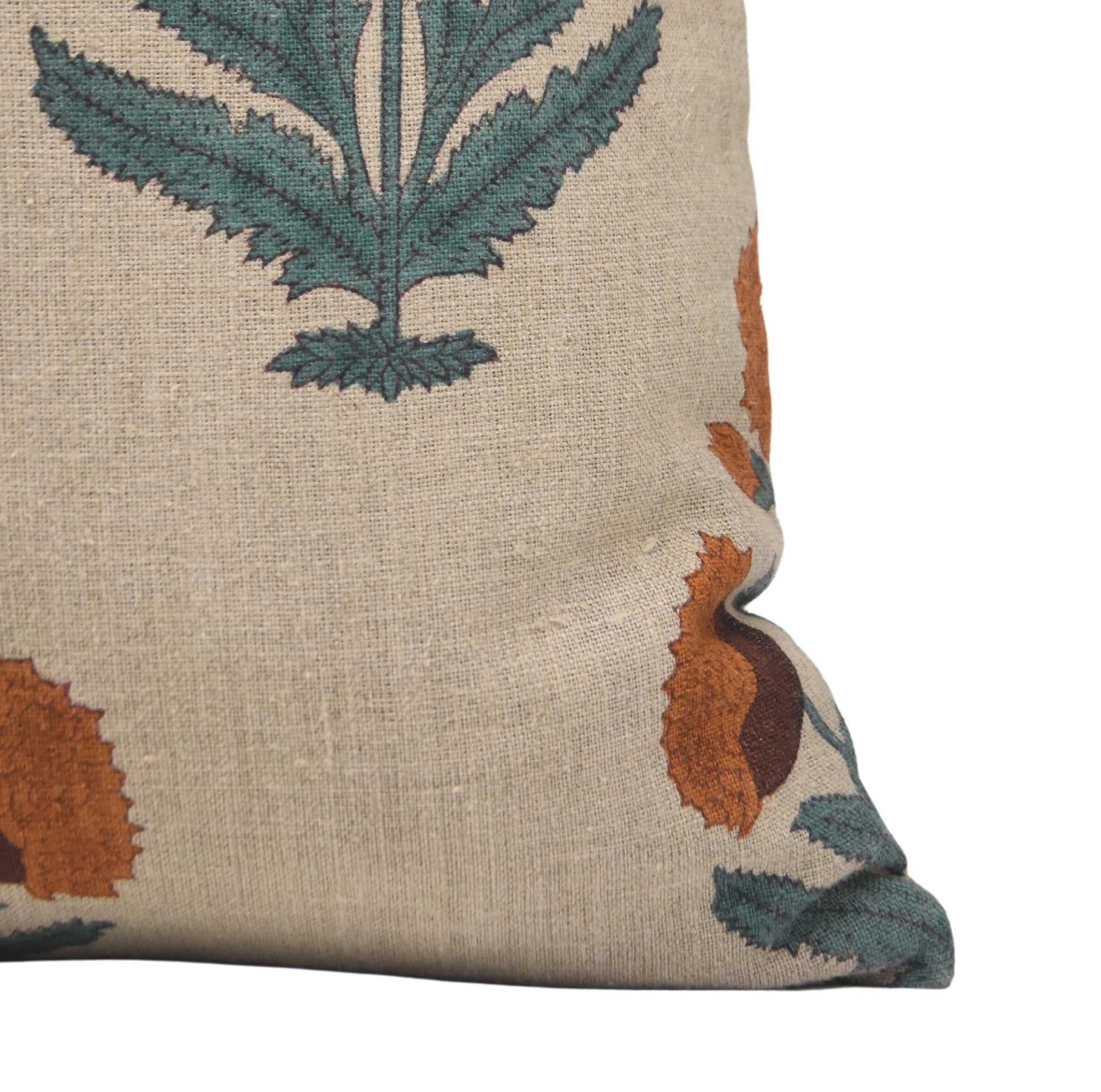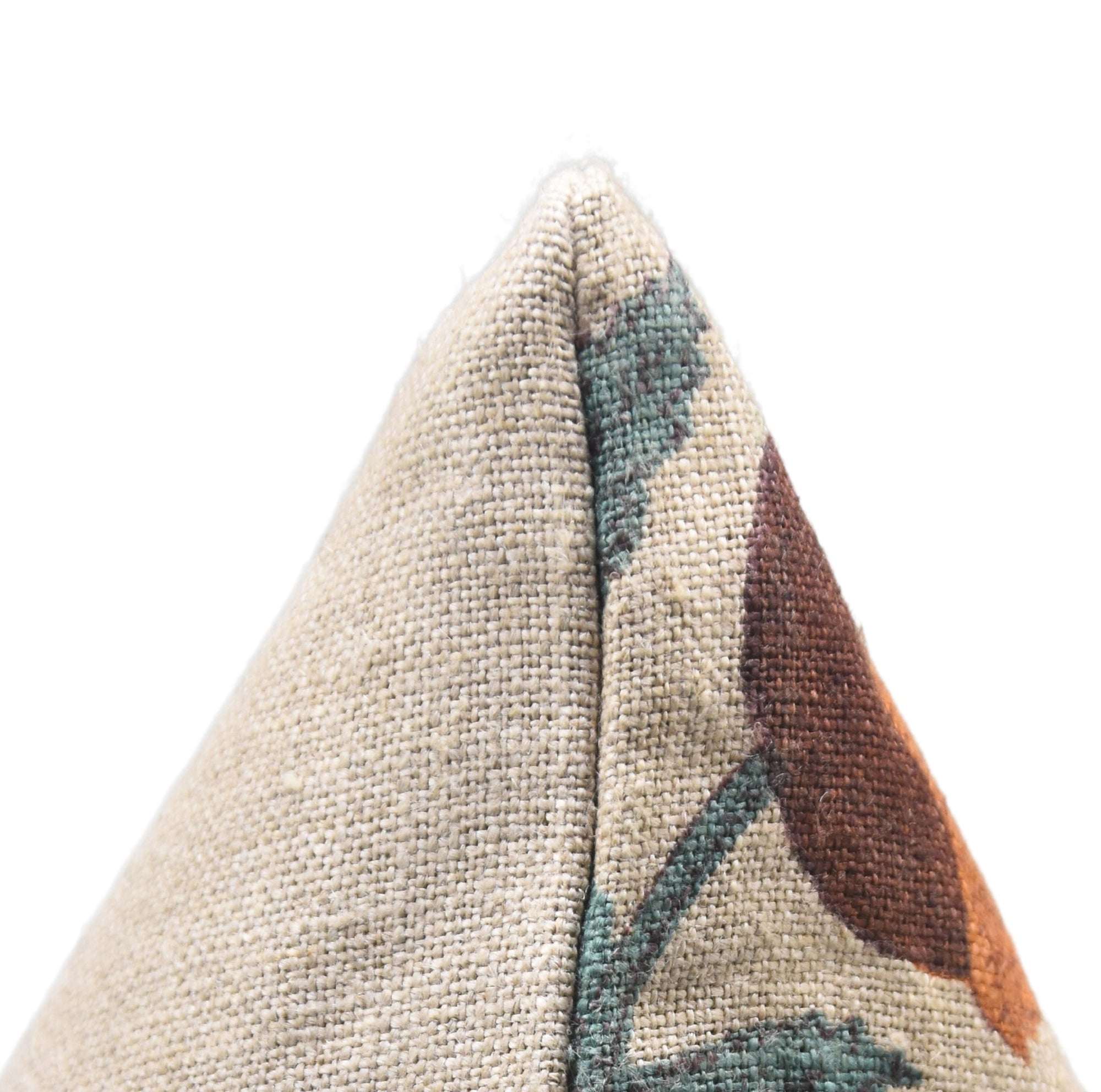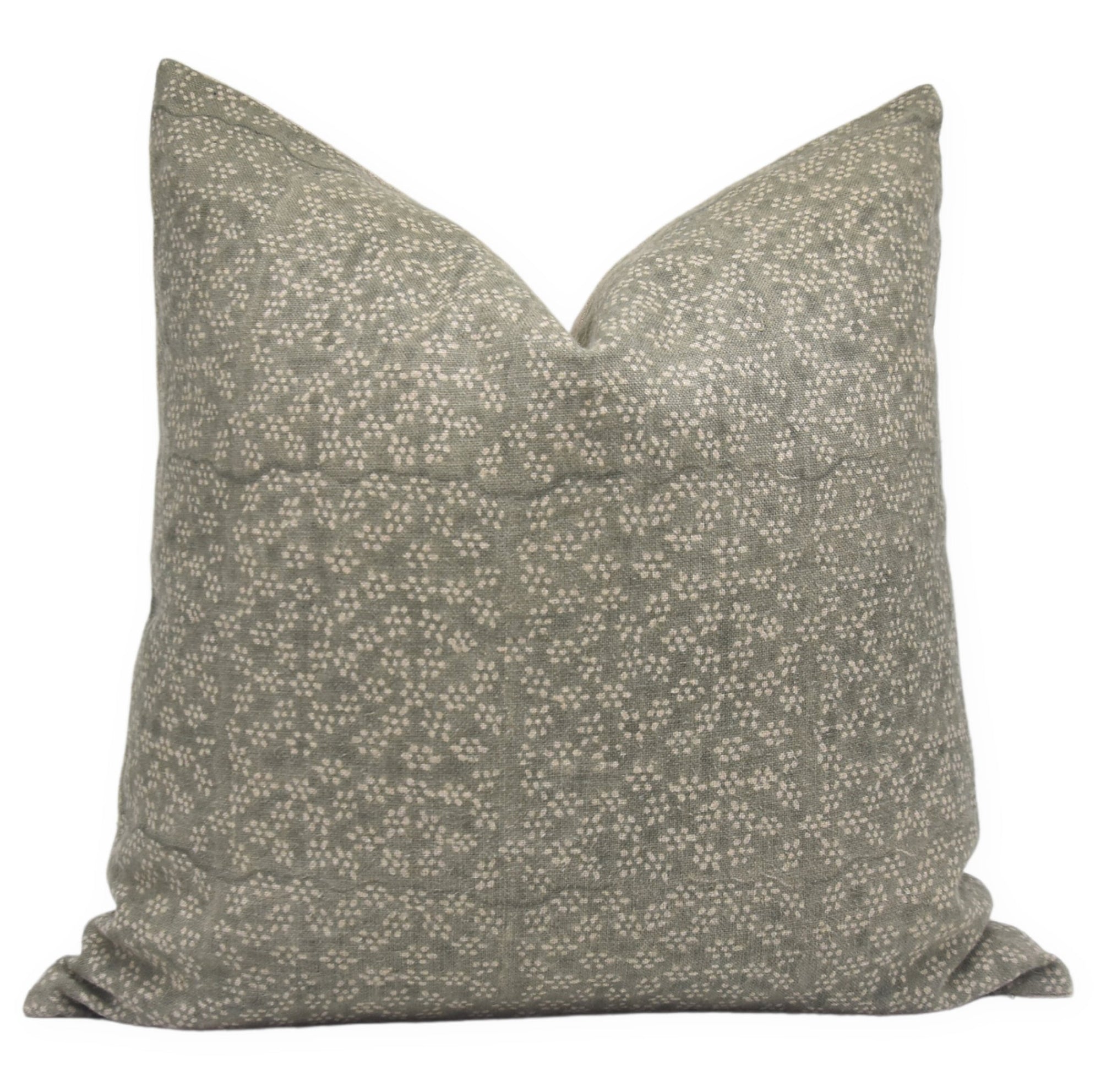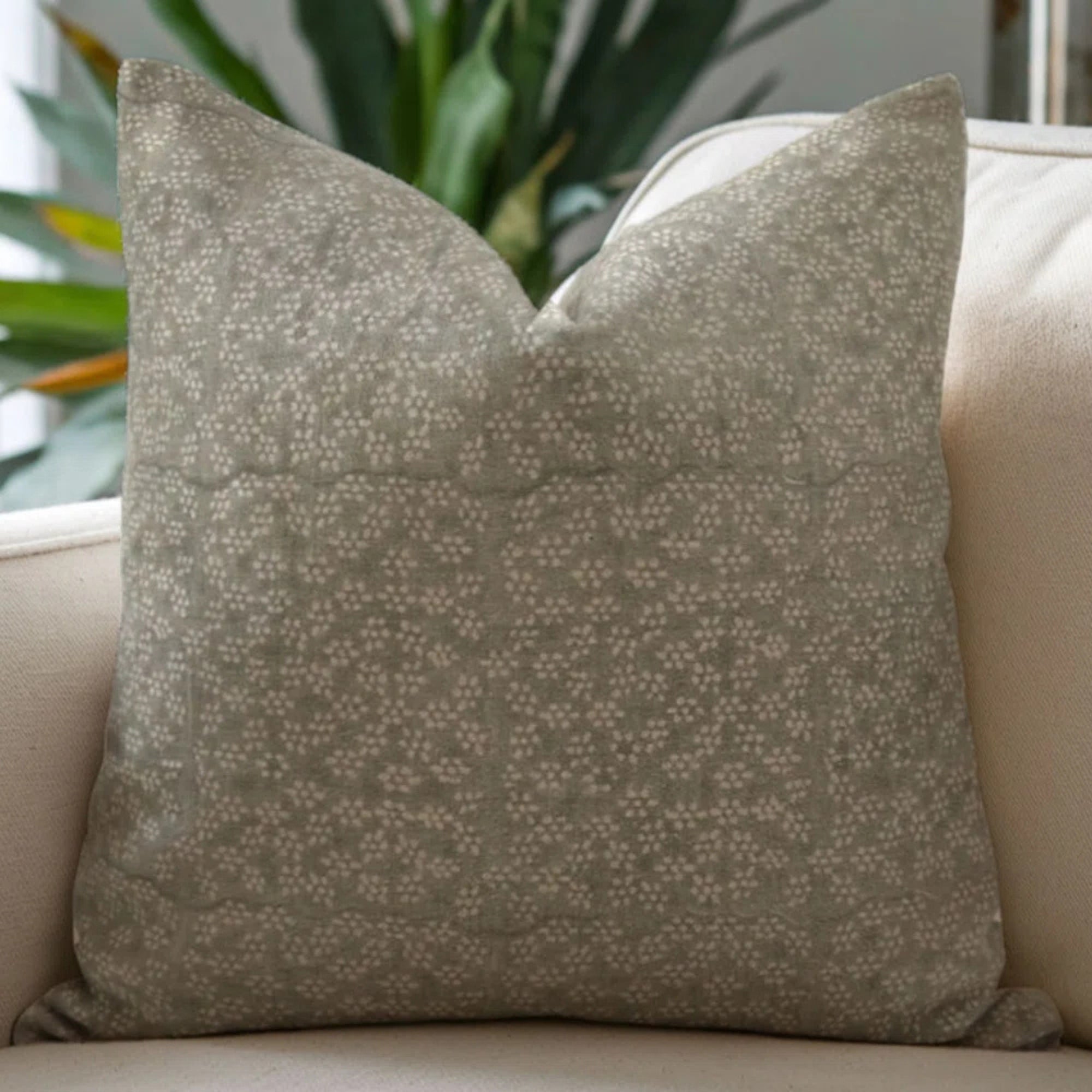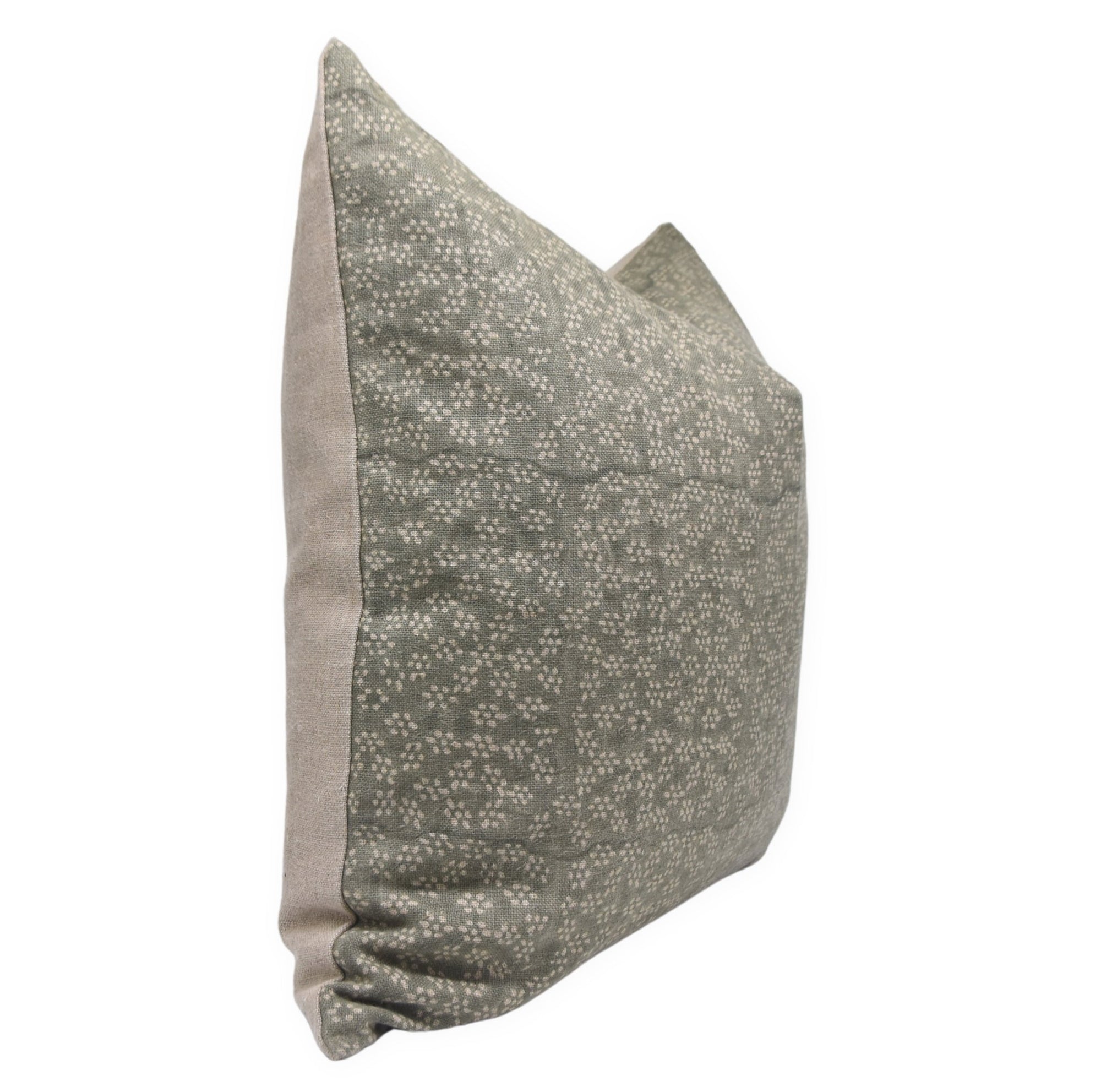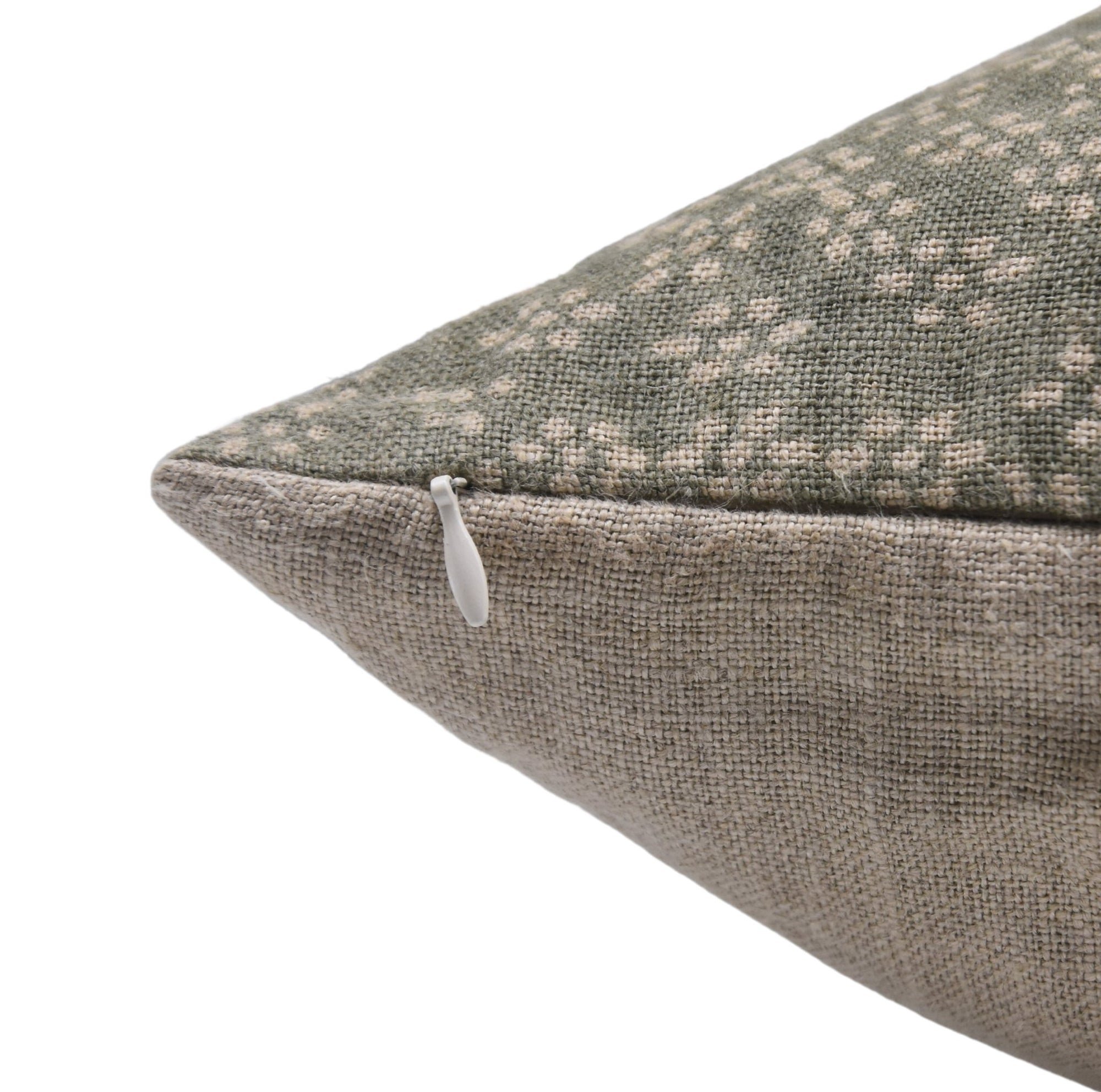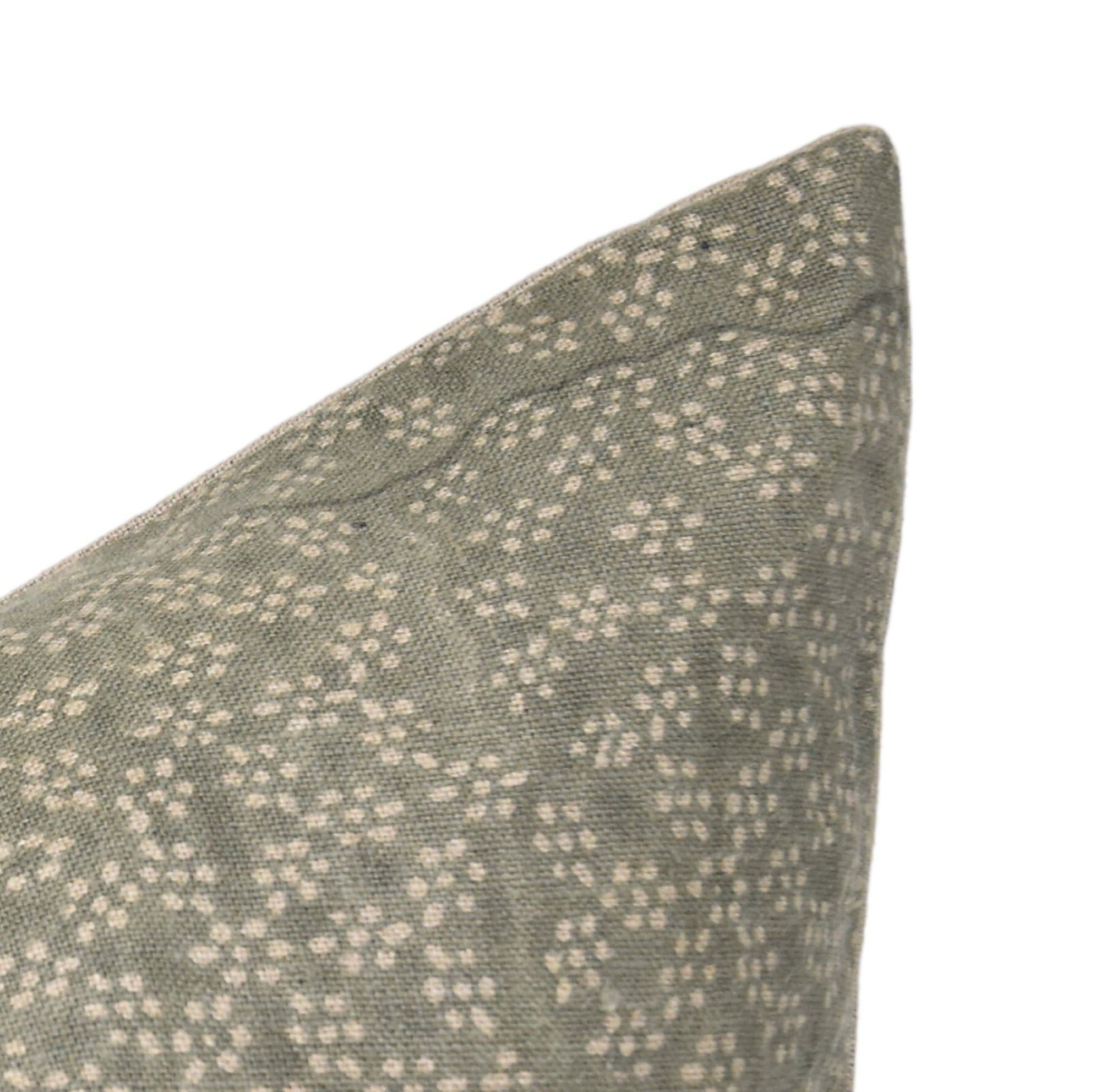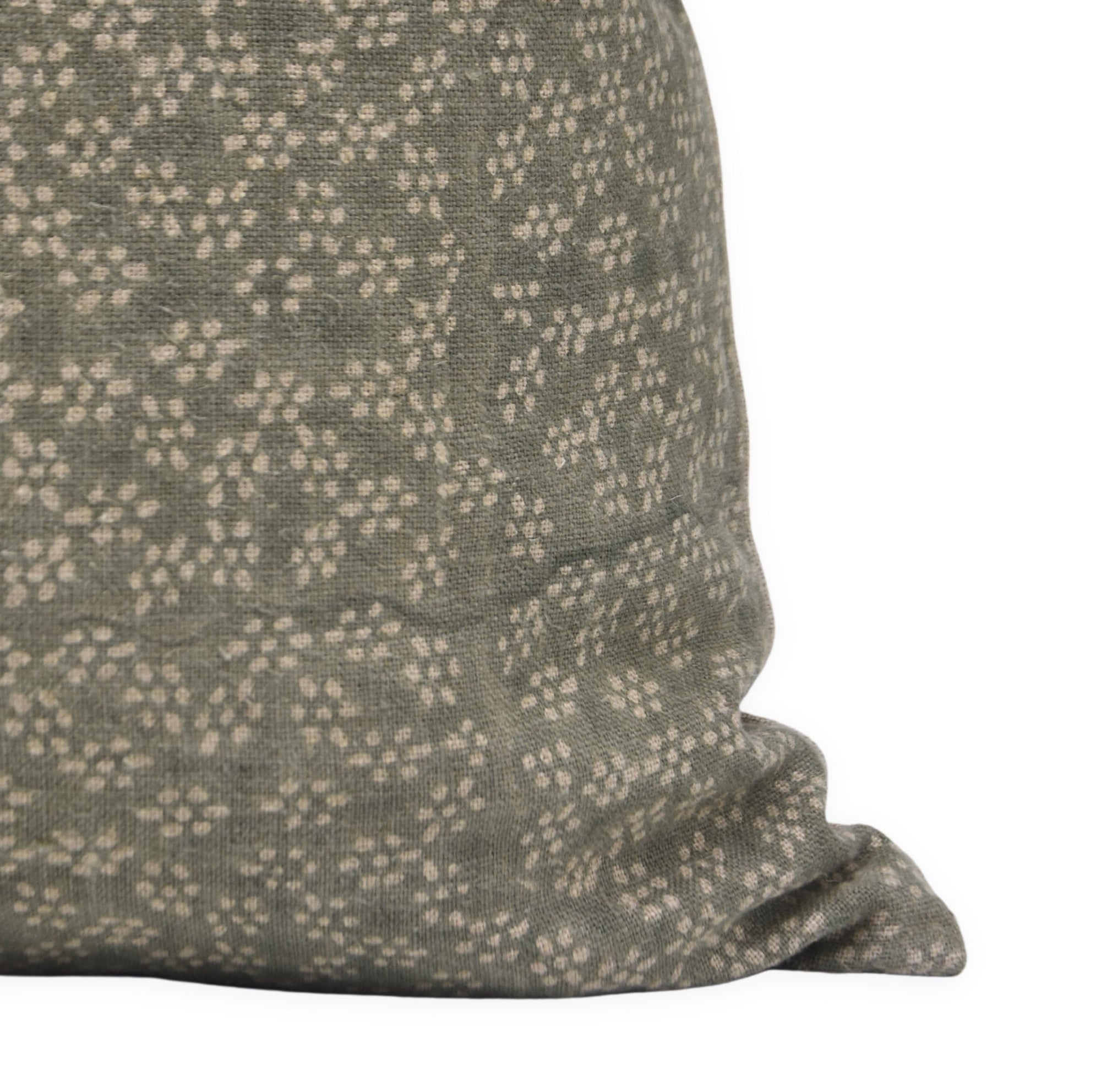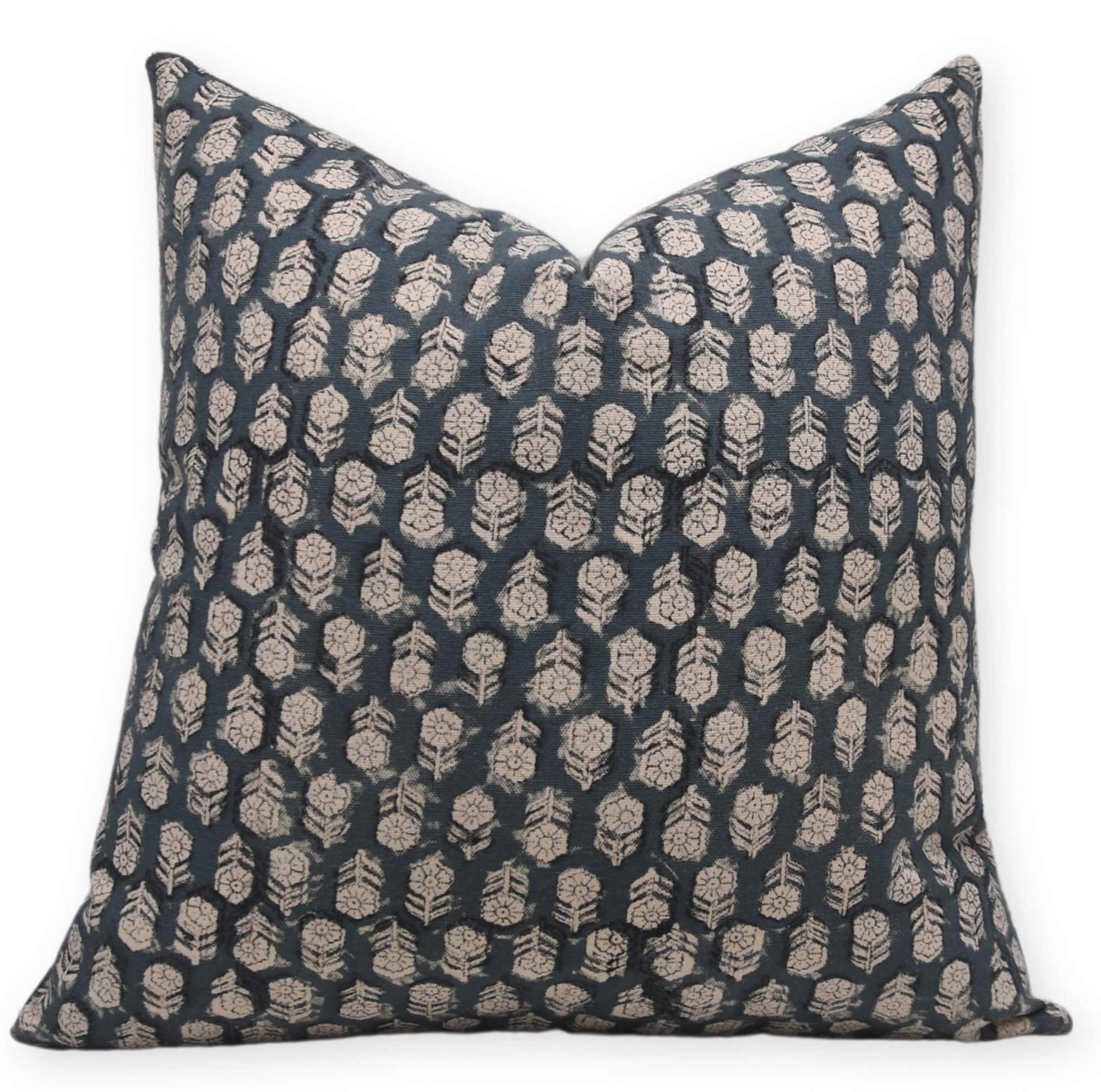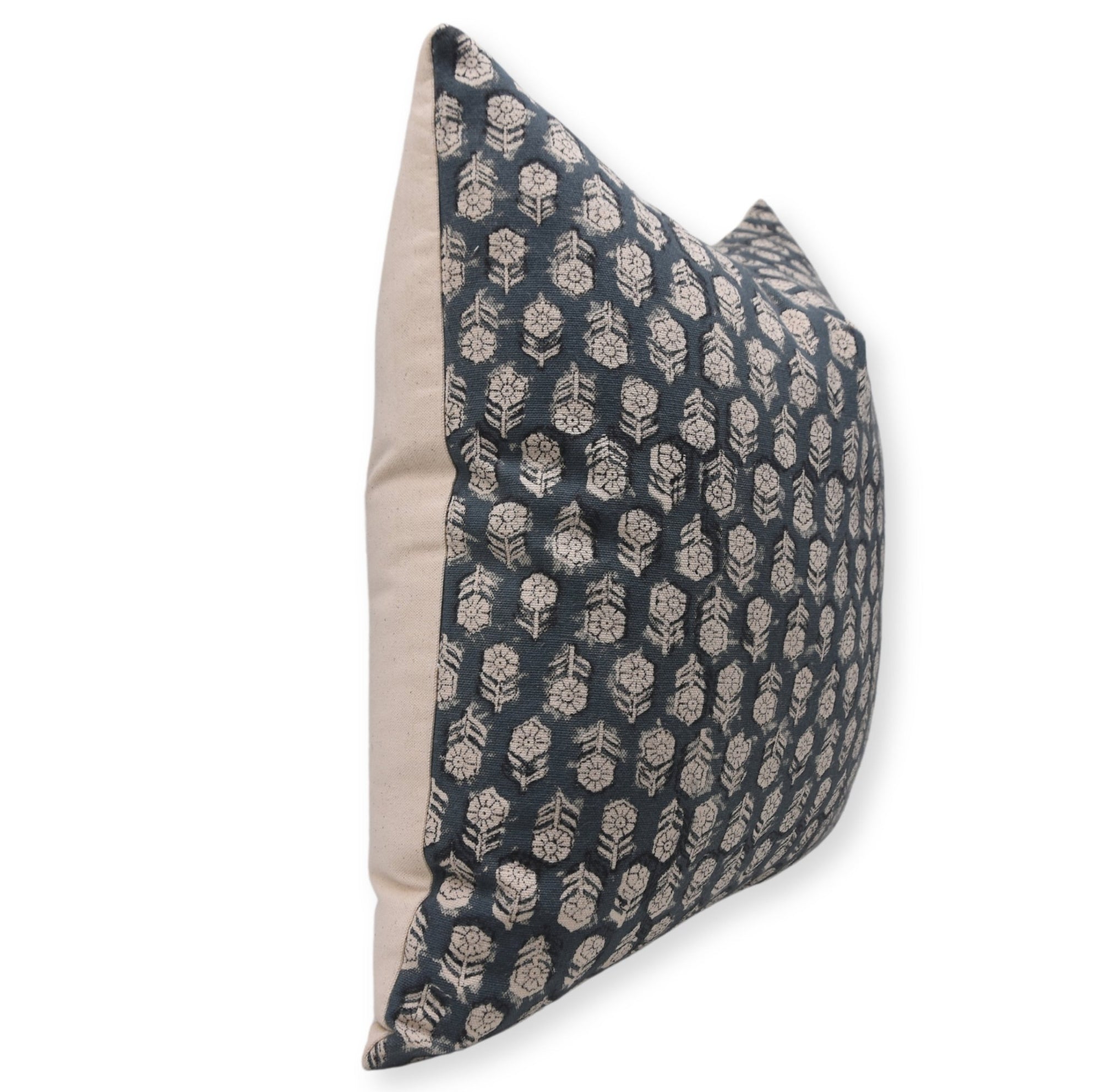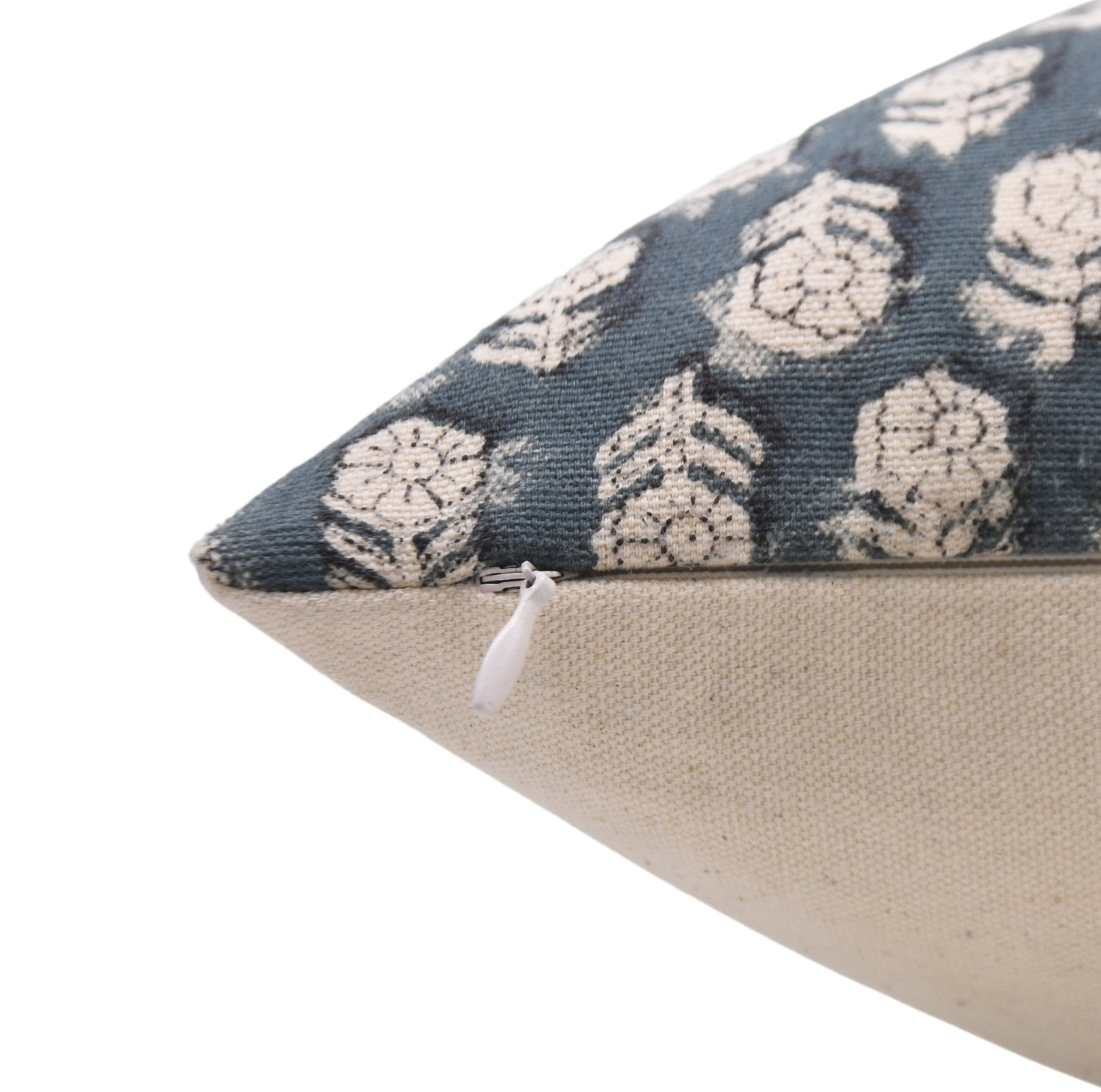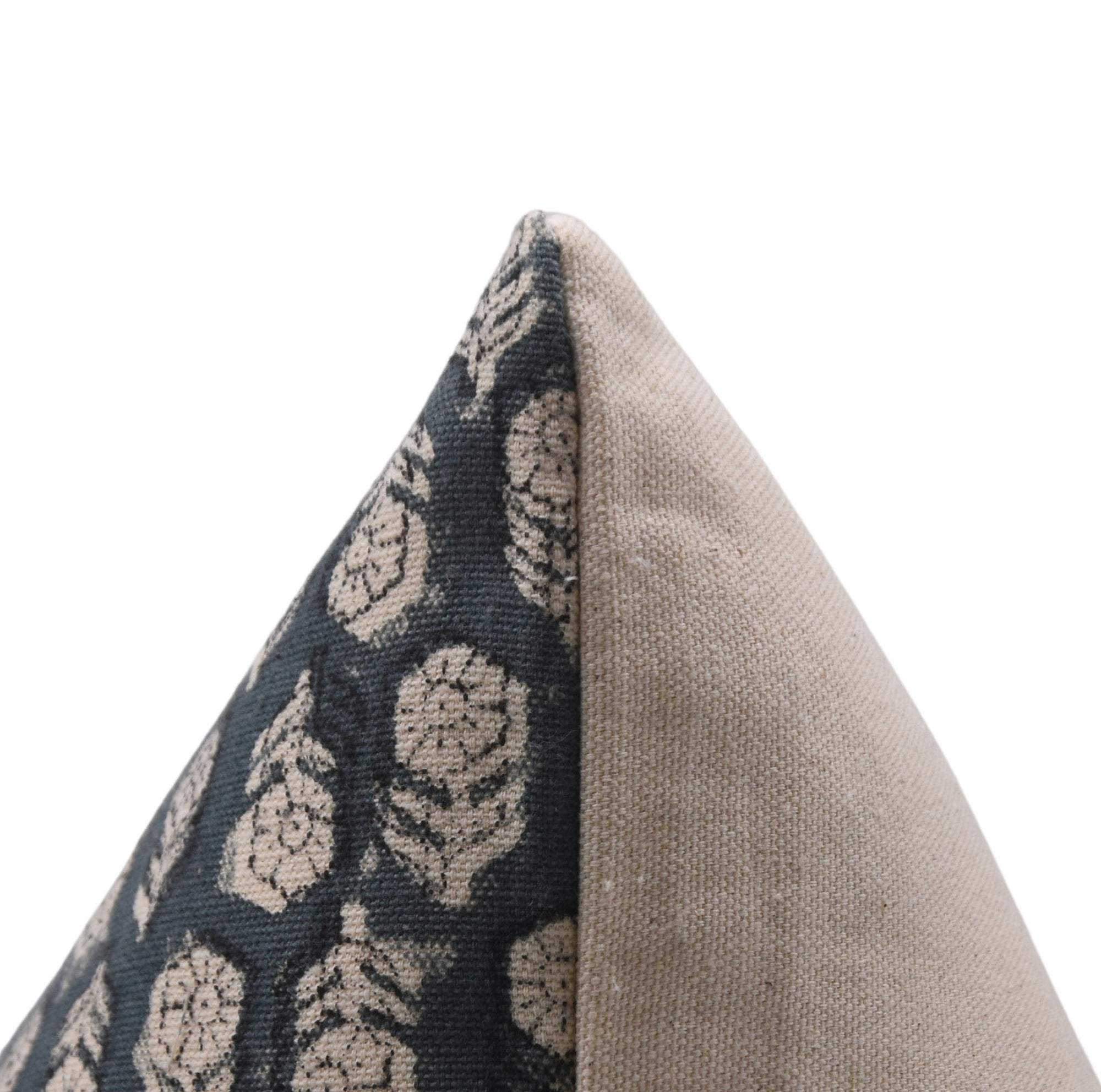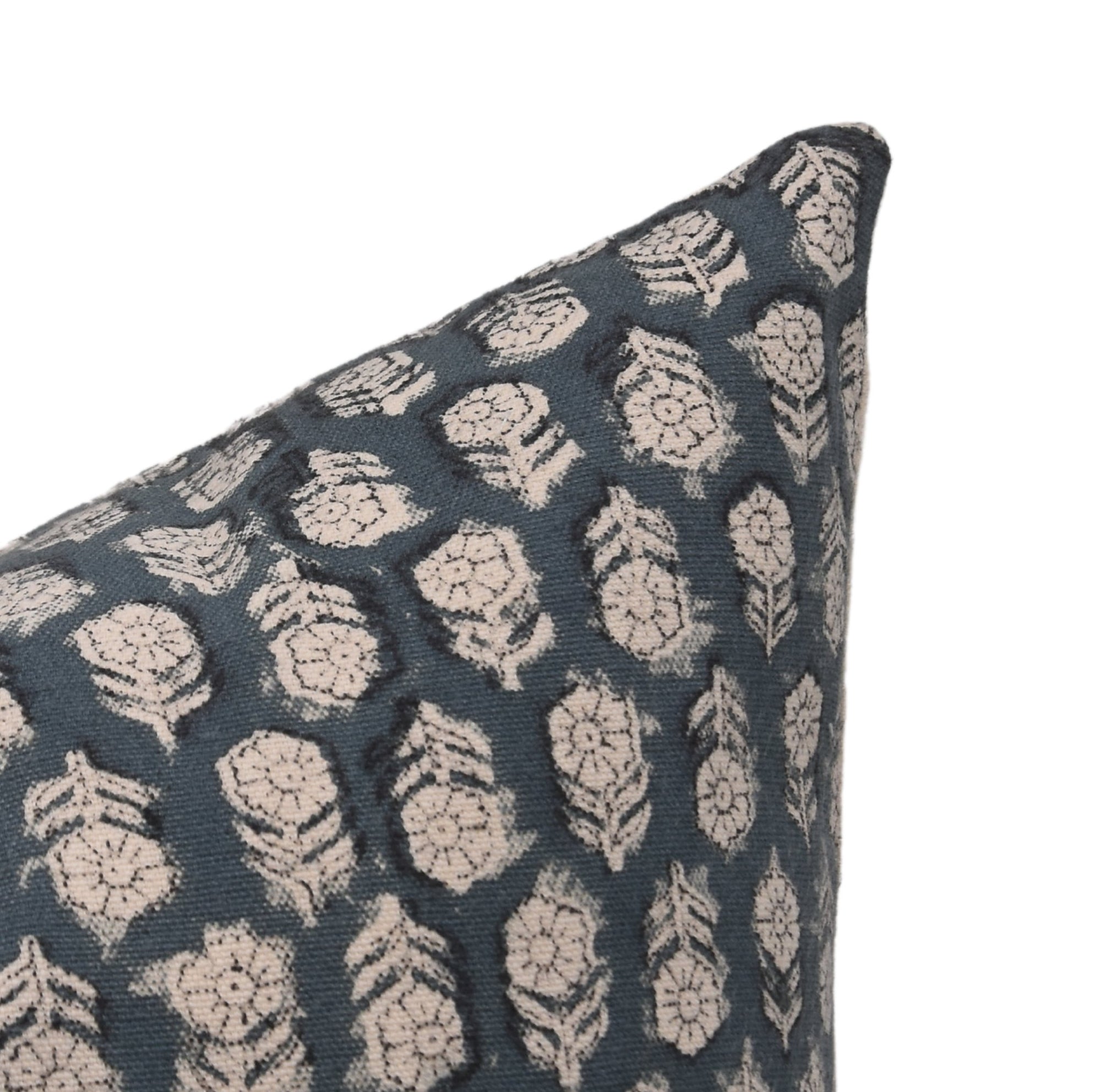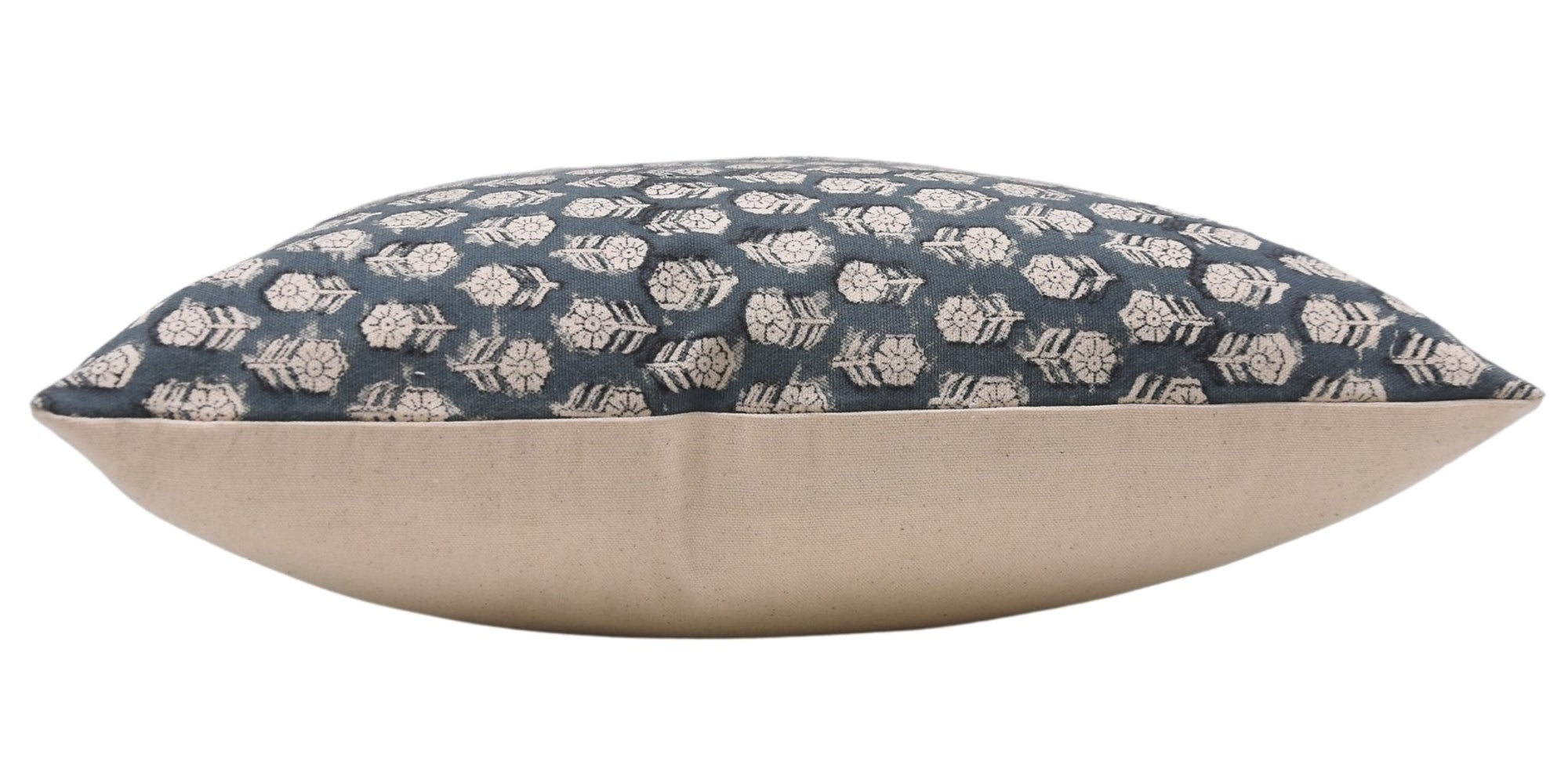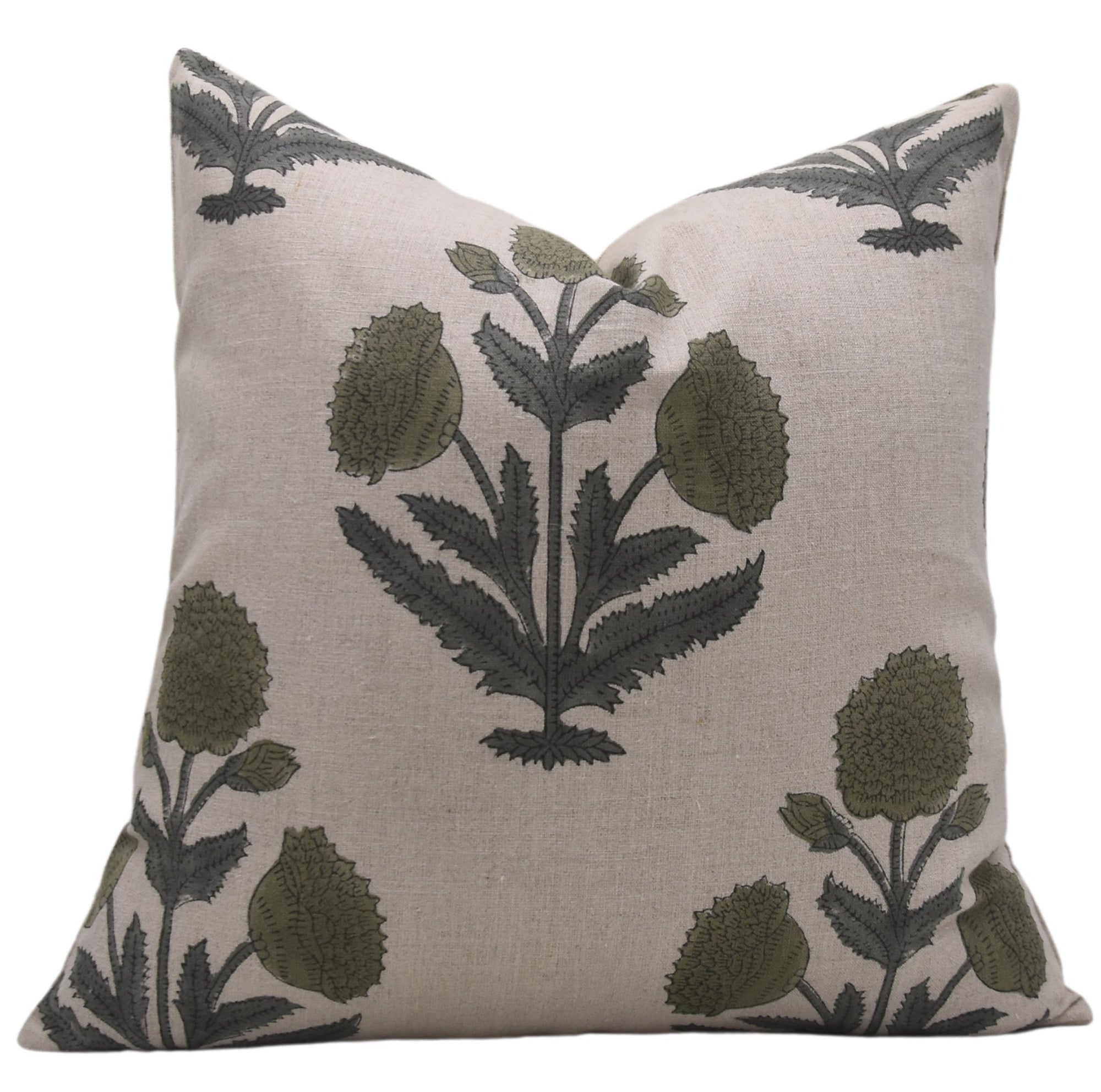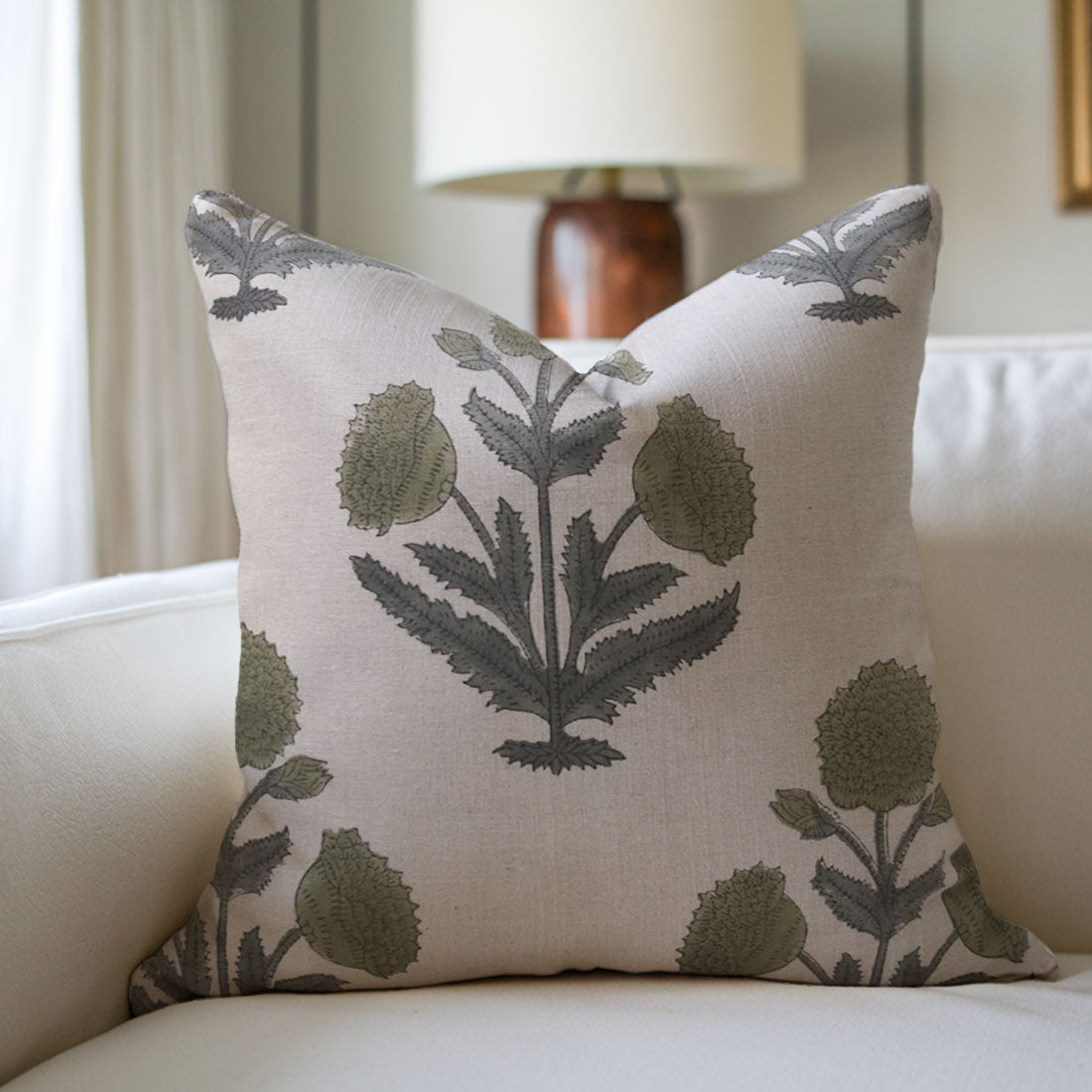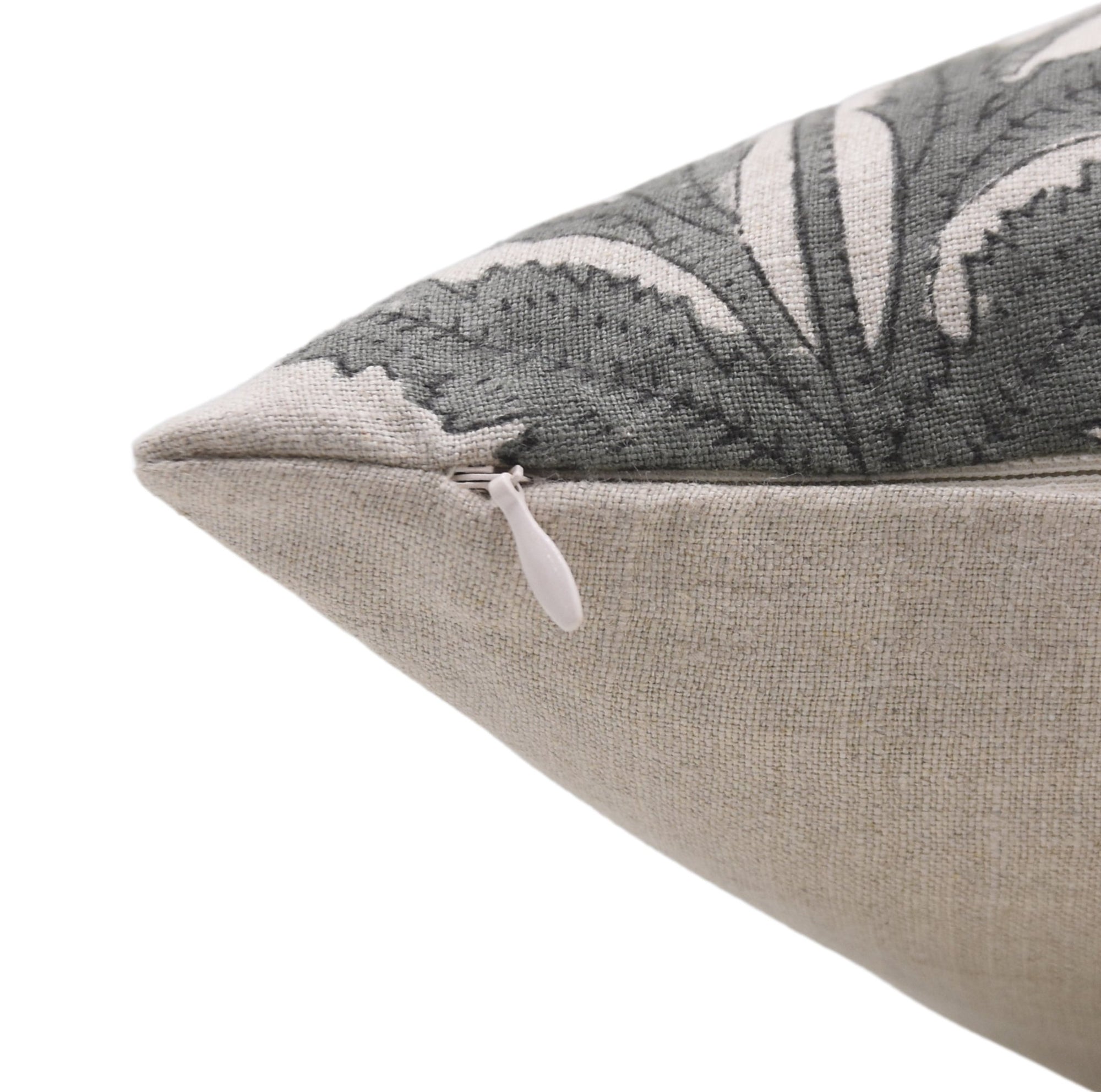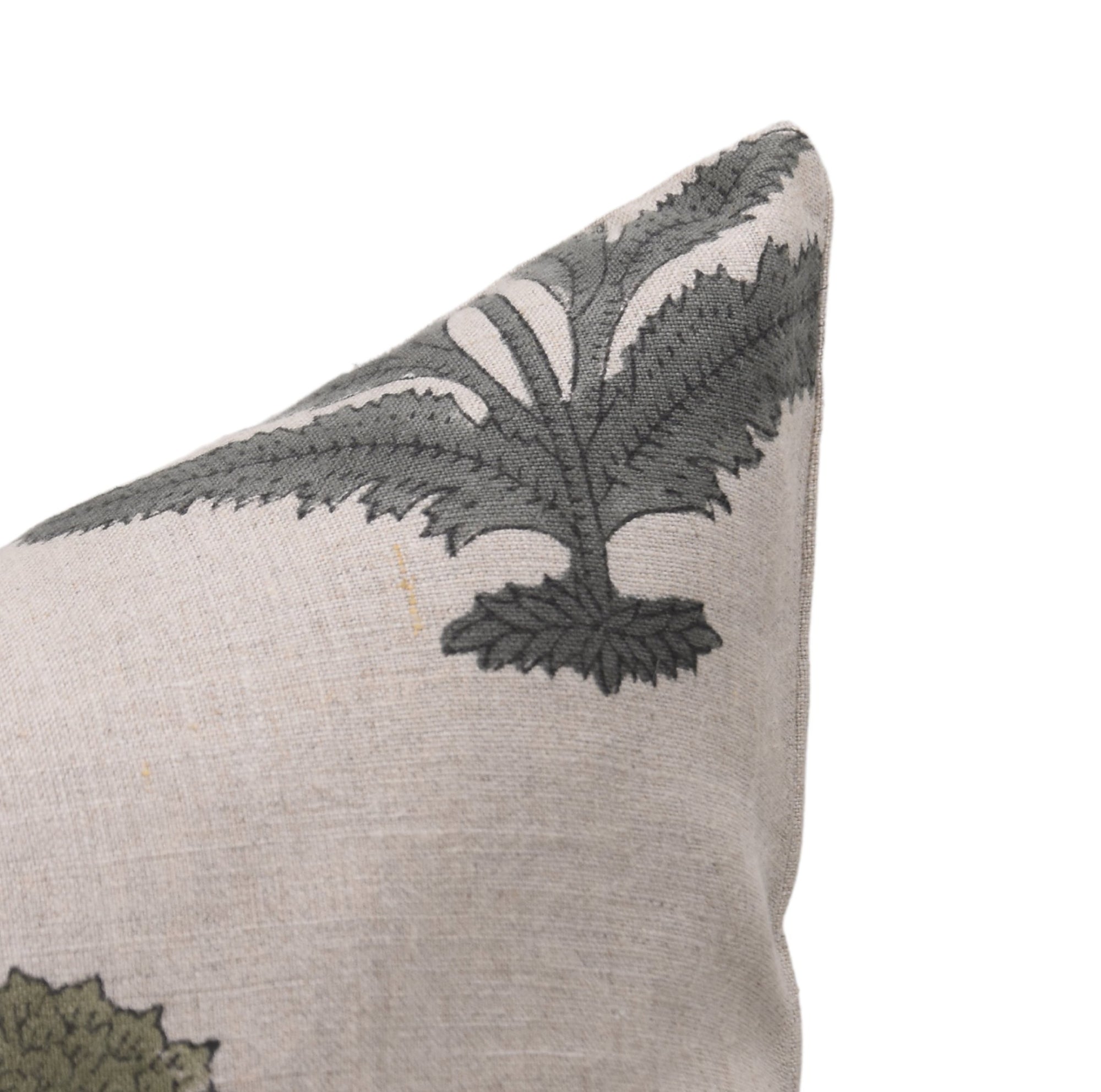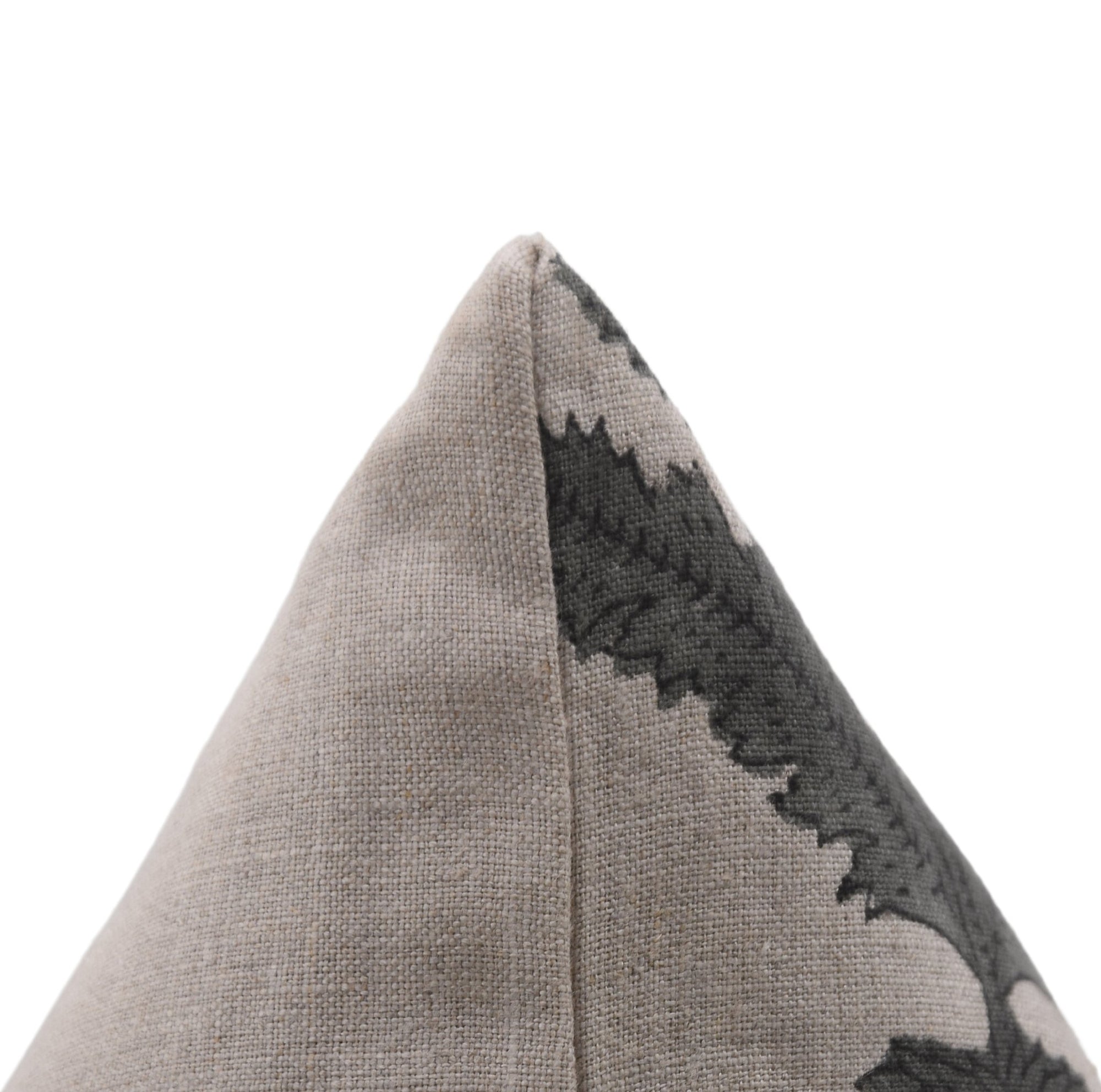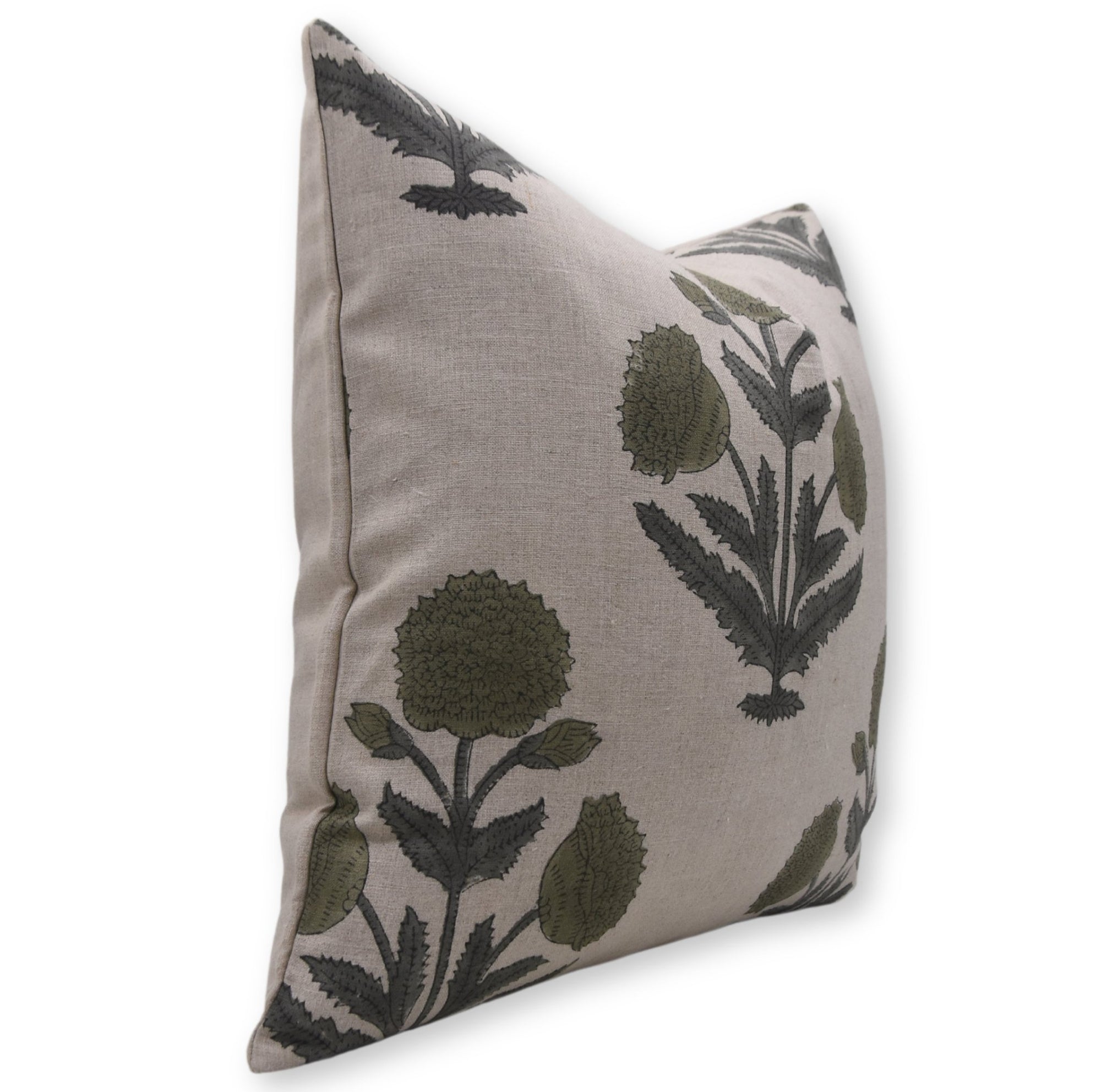The global market for pillow covers has grown significantly in recent years, driven by factors such as increasing consumer demand for home decor, the rise of e-commerce, and a growing interest in sustainable and customizable products. Pillow covers, once seen as a mere functional necessity, have evolved into key decor elements that can instantly transform the look and feel of a room. This shift has opened up new opportunities for manufacturers, designers, and retailers around the world. Here’s an in-depth look at the current state of the global pillow cover market, including key trends, growth drivers, and prospects.
Market Overview Pillow Covers

The global pillow cover market is part of the larger home textiles industry, which includes a wide range of products such as bed linens, curtains, rugs, and towels. Within this category, pillow covers have gained prominence due to their affordability, ease of use, and the immediate impact they have on interior design. The market encompasses various types of pillow covers, including decorative throw pillow covers, bed pillow covers, outdoor pillow covers, and specialty pillow covers such as those for neck or body pillows.
In recent years, the market has seen steady growth, driven by increasing consumer spending on home decor and a growing interest in interior design. According to industry reports, the global pillow cover market was valued at approximately USD 2.5 billion in 2022, with projections suggesting a compound annual growth rate (CAGR) of around 4-5% over the next five years. This growth is fueled by several factors, including the expansion of online retail, the rise of sustainable and eco-friendly materials, and the growing popularity of customizable and personalized products.
Top Pillow Cover Market Trends
- Sustainable and Eco-Friendly Materials
One of the most significant trends in the global pillow cover market is the shift towards sustainable and eco-friendly materials. As consumers become more environmentally conscious, there is increasing demand for products made from organic, recycled, or biodegradable materials. This trend is particularly strong in regions like Europe and North America, where consumers are willing to pay a premium for products that align with their values.
Manufacturers are responding to this demand by offering pillow covers made from materials such as organic cotton, linen, bamboo, and recycled polyester. These materials not only reduce the environmental impact of production but also appeal to consumers looking for high-quality, durable products that are safe for their families and the planet.
- Customization and Personalization
Another key trend driving the market is the growing demand for customizable and personalized pillow covers. Consumers are increasingly looking for ways to express their style and preferences through their home decor, and customizable pillow covers offer an easy and affordable way to do so. Whether it’s choosing specific colors, and patterns, or even adding monograms or custom designs, personalized pillow covers allow consumers to create unique pieces that reflect their tastes.
E-commerce platforms have played a significant role in making customization more accessible, with many online retailers offering easy-to-use design tools that allow customers to create their own pillow covers. This trend is particularly popular among younger consumers, who value individuality and are more likely to seek out unique, one-of-a-kind products.
- E-commerce and Direct-to-Consumer Sales

The rise of e-commerce has had a profound impact on the global pillow cover market, making it easier for consumers to access a wide variety of products from around the world. Online retail platforms offer a vast selection of pillow covers in different styles, materials, and price points, catering to a diverse range of consumer preferences.
In addition to traditional retailers, many new brands are adopting direct-to-consumer (DTC) sales models, bypassing traditional brick-and-mortar stores and selling directly to customers online. This approach allows brands to offer competitive prices, build stronger relationships with their customers, and quickly respond to changing market trends.
- Influence of Social Media and Interior Design Trends
Social media platforms like Instagram, Pinterest, and TikTok have become powerful tools for influencing consumer behavior, particularly in the home decor market. Trends in interior design often gain traction on these platforms, with influencers and design enthusiasts showcasing their favorite products and styles. Pillow covers, with their ability to quickly and affordably update a space, are frequently featured in these trends, driving demand for specific colors, patterns, and styles.
As a result, manufacturers and retailers are paying close attention to social media trends and incorporating them into their product offerings. For example, the recent popularity of bohemian and minimalist design styles has led to an increase in demand for pillow covers in neutral tones, natural materials, and textured fabrics.
Pillow Cover Market Regional Insights
The global pillow cover market is diverse, with different regions exhibiting unique preferences and trends. In North America and Europe, there is a strong emphasis on sustainable materials and high-quality craftsmanship, with consumers favoring products that offer both style and durability. In contrast, markets in Asia and Latin America are experiencing rapid growth, driven by increasing urbanization, rising disposable incomes, and a growing interest in home decor.
China, in particular, is a major player in the global market, both as a producer and consumer of pillow covers. The country’s robust manufacturing capabilities, coupled with its large domestic market, make it a key driver of global trends and innovation in the industry.
Future Prospects for Pillow Covers
Looking ahead, the global pillow cover market is expected to continue its growth trajectory, with sustainability, customization, and e-commerce playing central roles. As consumers become more conscious of their environmental impact and seek out products that reflect their style, the demand for eco-friendly and customizable pillow covers is likely to increase.
Technological advancements, such as digital printing and 3D knitting, are also expected to drive innovation in the market, allowing for more intricate designs and faster production times. Additionally, the continued expansion of online retail and the influence of social media will ensure that the pillow covers market remains dynamic and responsive to changing consumer preferences.
Conclusion
The global market for pillow covers is thriving, driven by a combination of consumer demand for stylish, sustainable, and customizable products. As the market continues to evolve, it presents exciting opportunities for manufacturers, designers, and retailers to innovate and meet the diverse needs of consumers around the world. Whether through the use of eco-friendly materials, personalized designs, or new technologies, the future of the pillow cover market looks promising, with plenty of room for growth and creativity.
FAQs
1. What types of pillow covers are available at World Market?
World Market offers a wide range of pillow covers, including decorative pillow covers, throw pillow covers, and lumbar pillow covers. They come in various styles, such as boho, modern, farmhouse, and vintage. Materials range from cotton and linen to velvet and silk, with options featuring embroidery, tassels, or printed patterns to suit any home decor style.
2. How do I choose the right size of pillow cover at World Market?
To select the right size, measure your pillow insert first. World Market typically offers pillow covers in standard sizes like 16x16, 18x18, and 20x20 inches. For a snug fit, choose a pillow cover that is 1-2 inches smaller than your pillow insert to achieve a plump, full look. Always check the product description for size compatibility.




